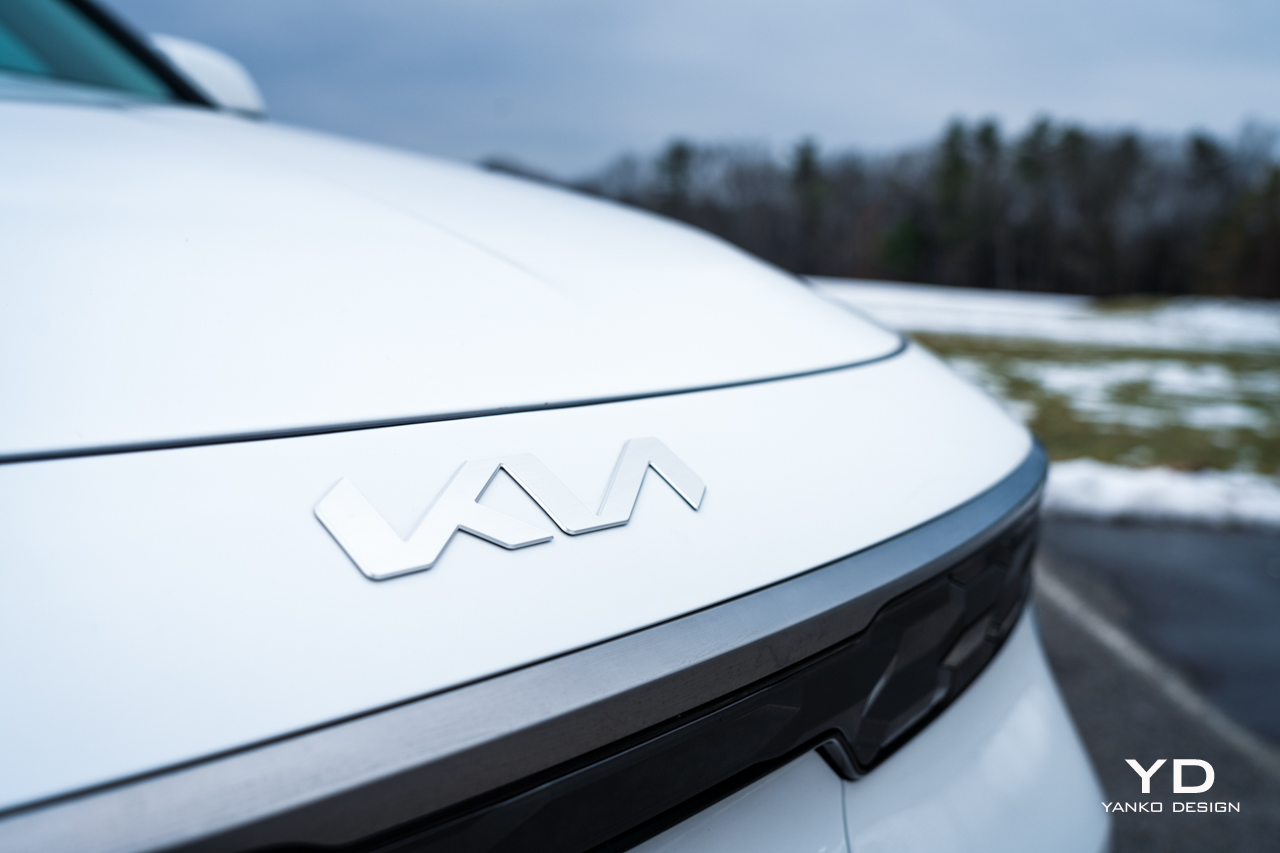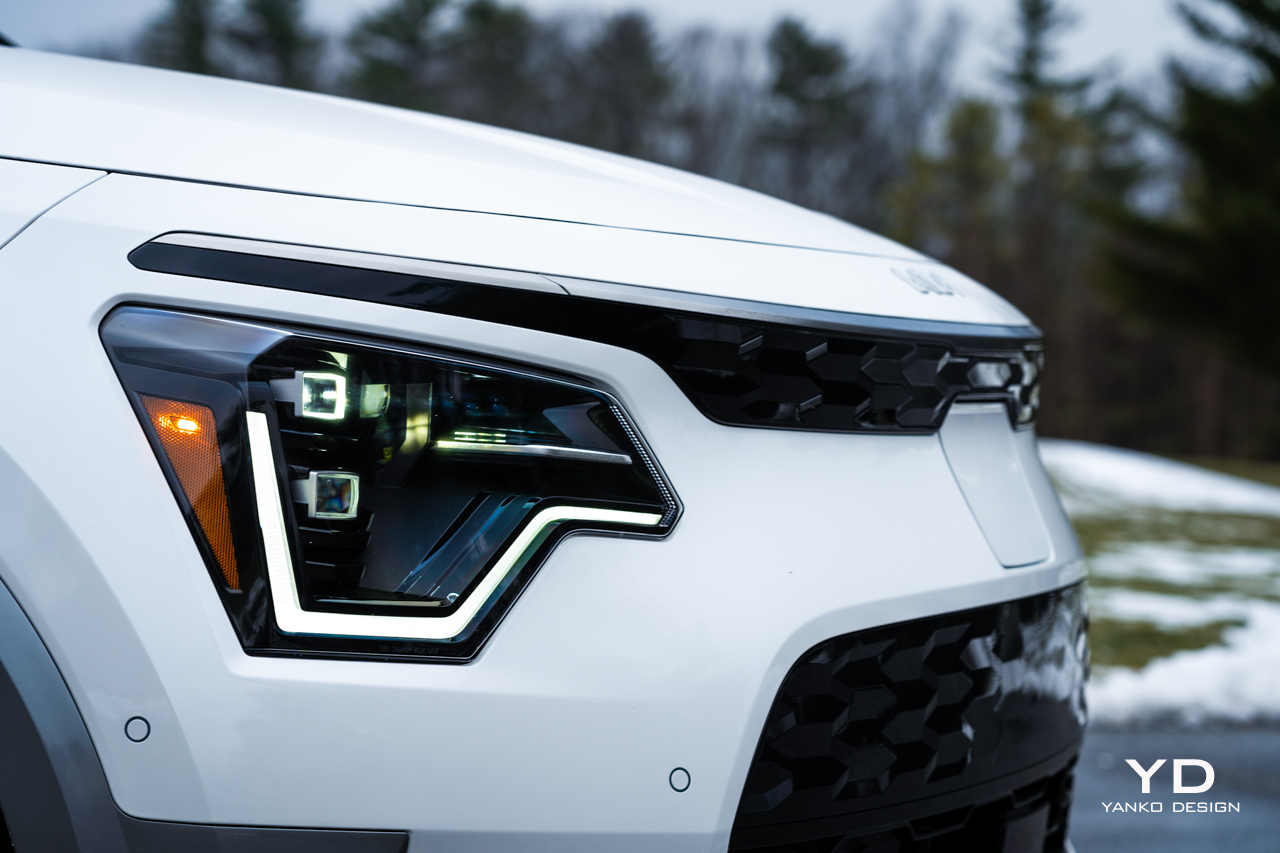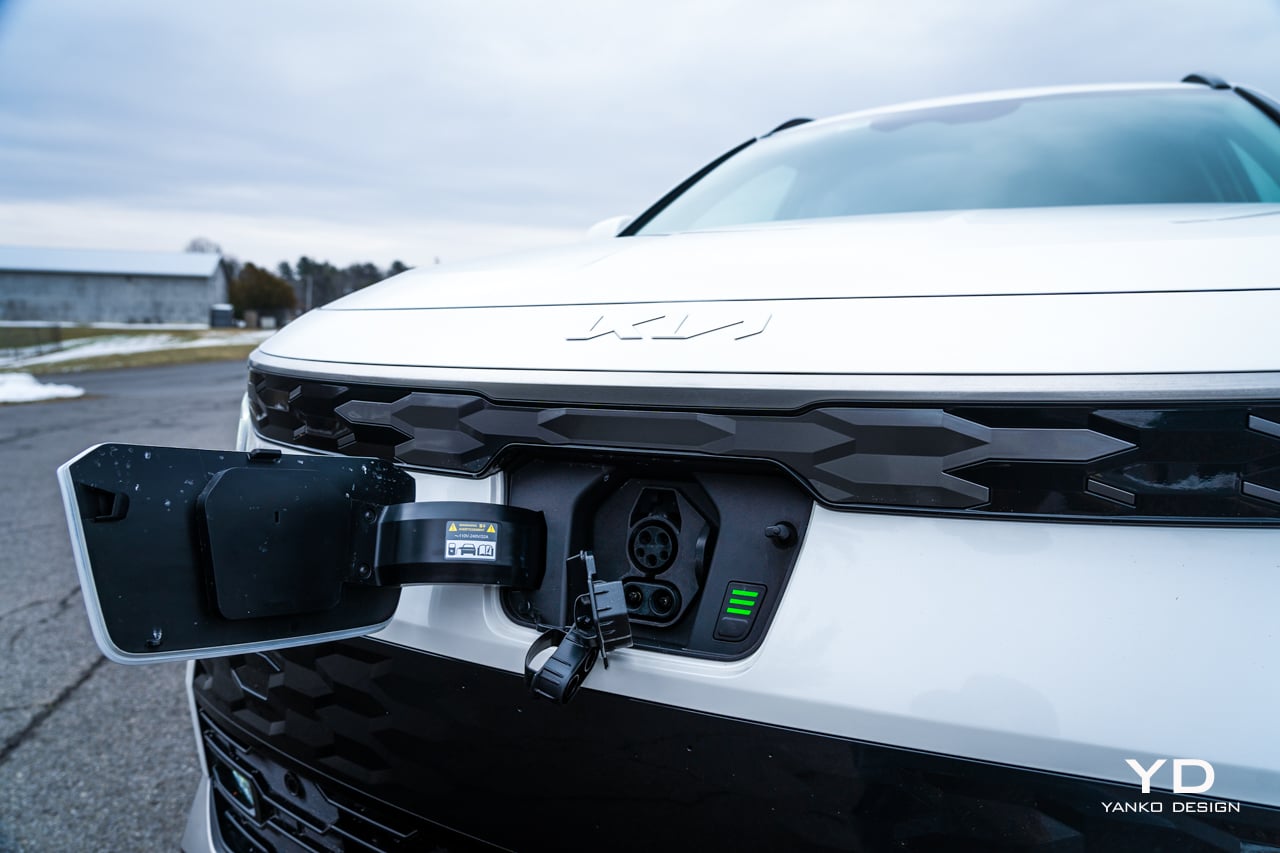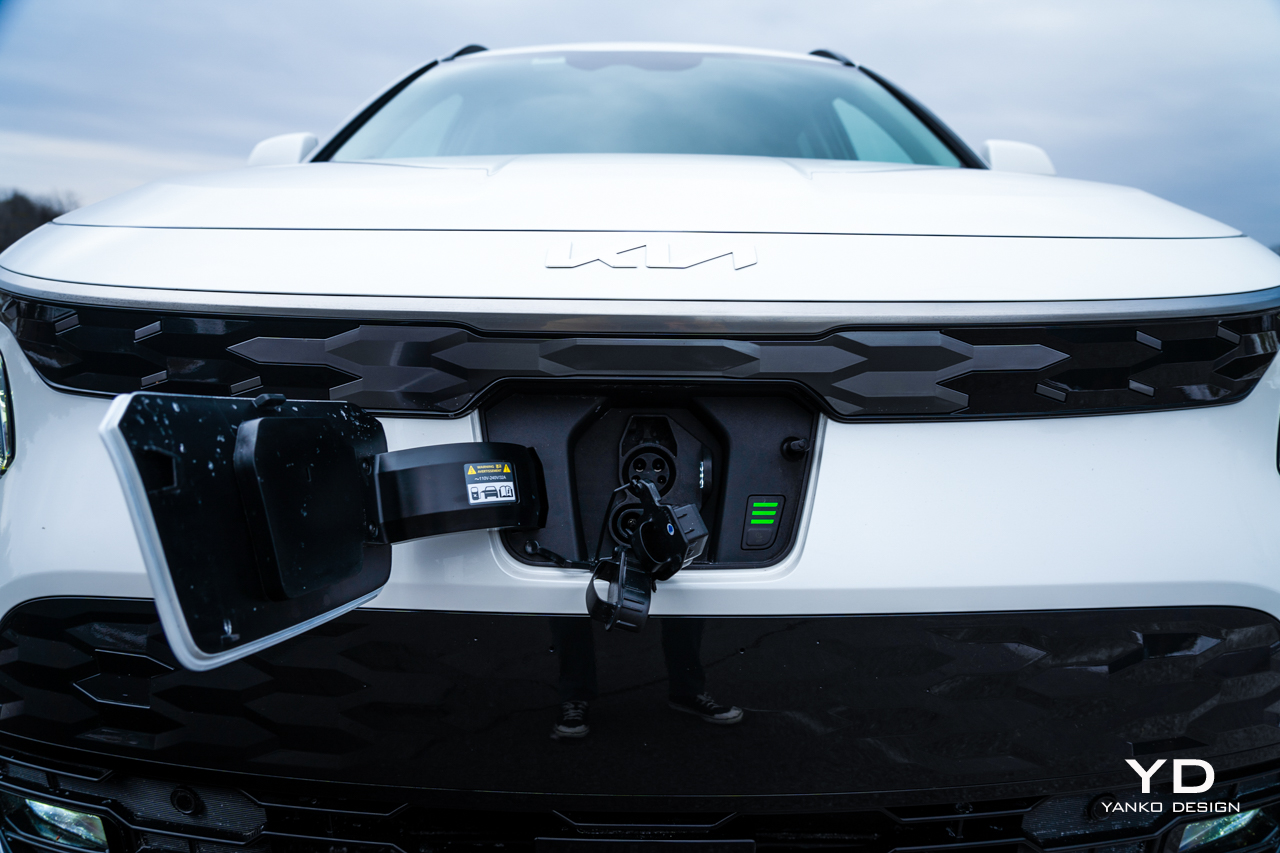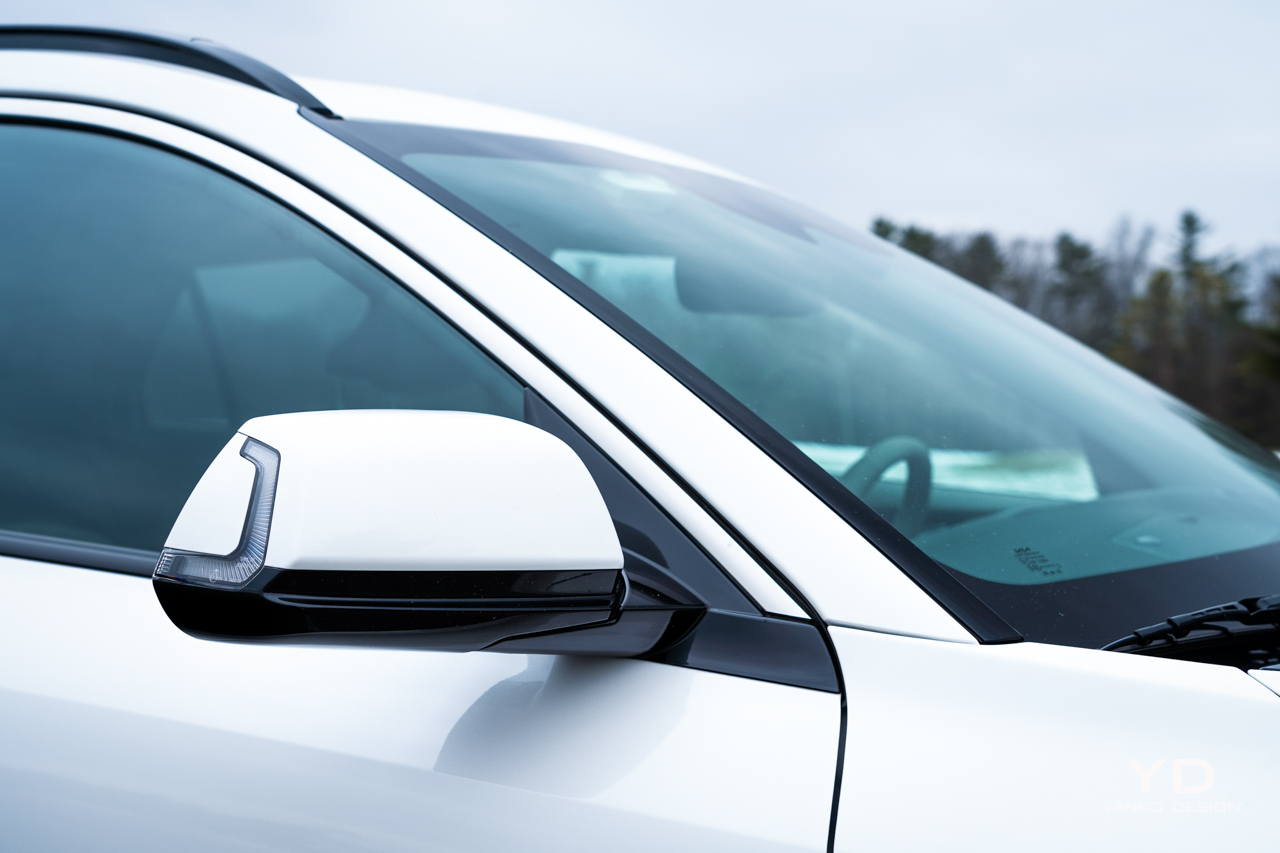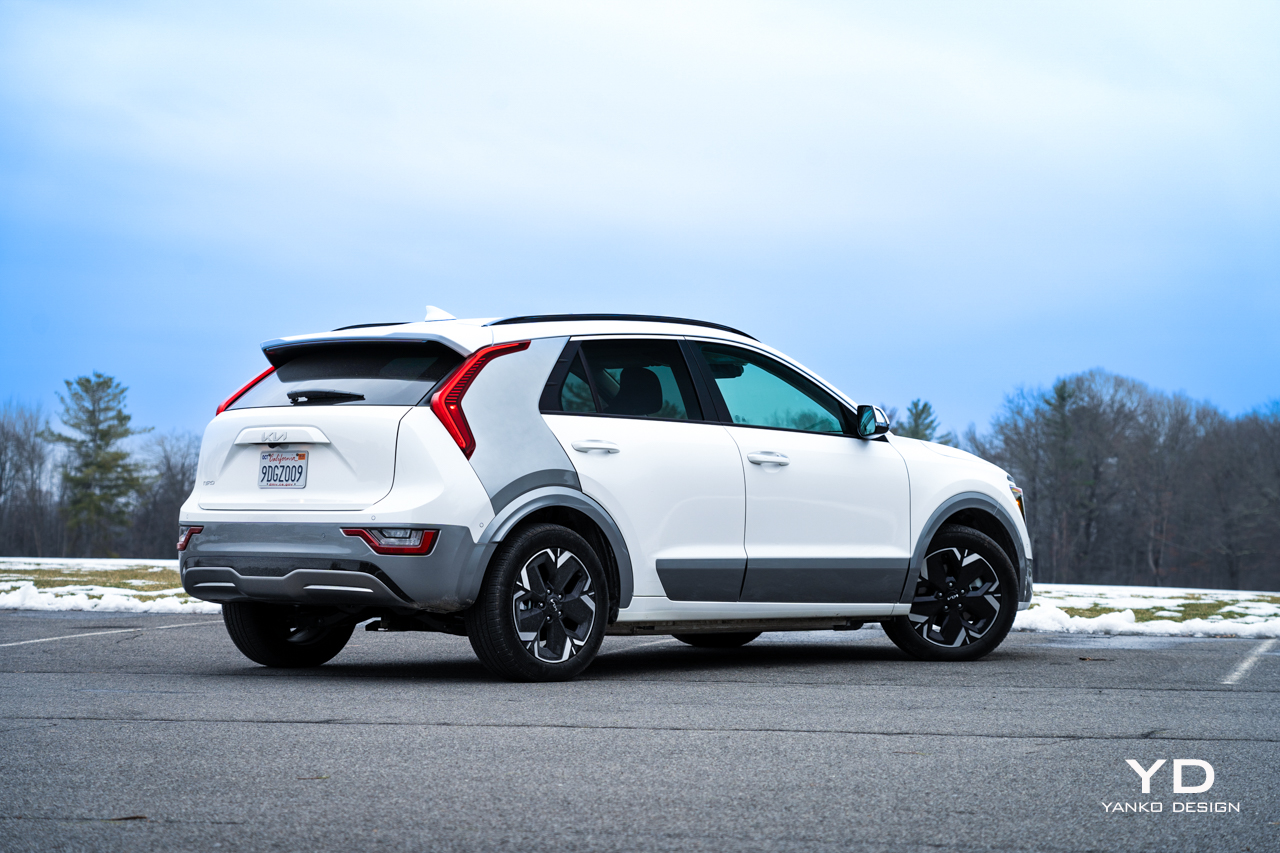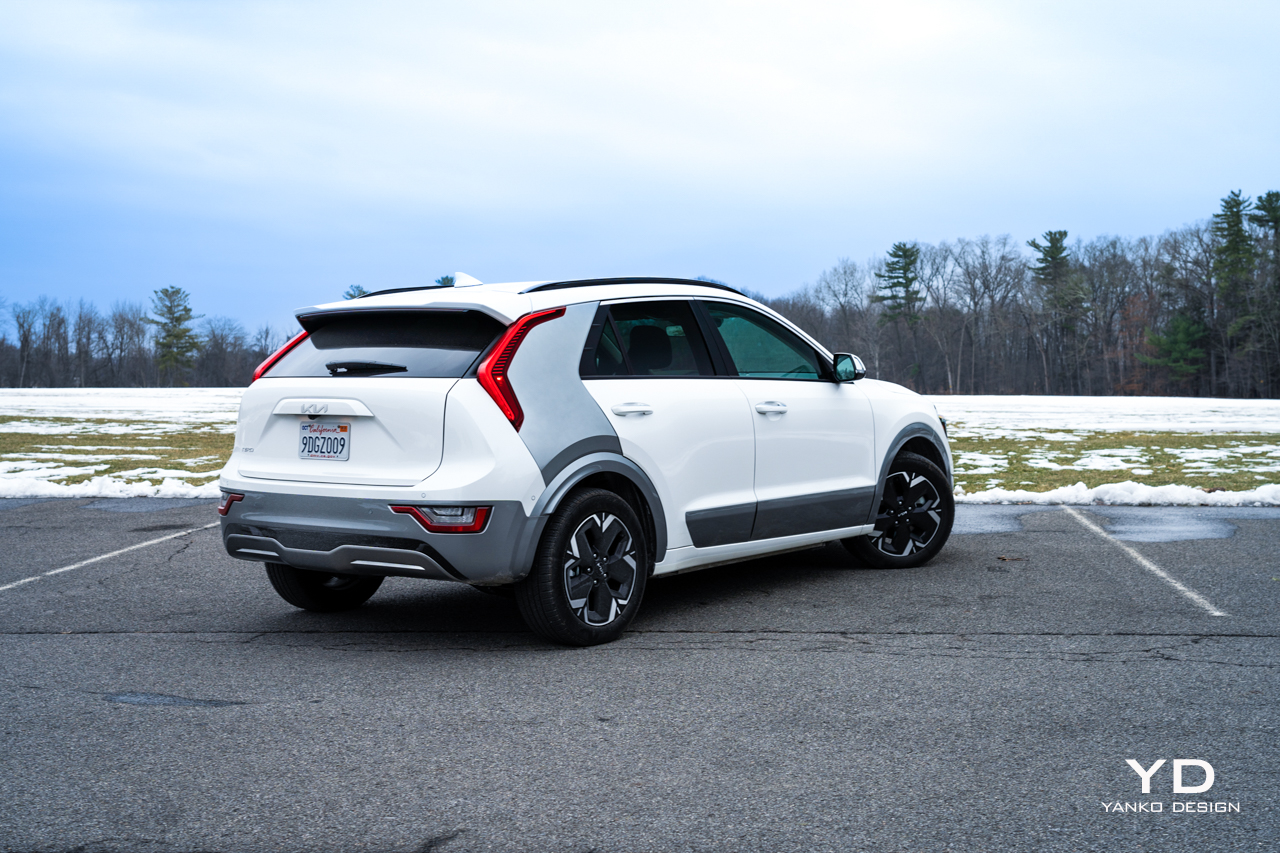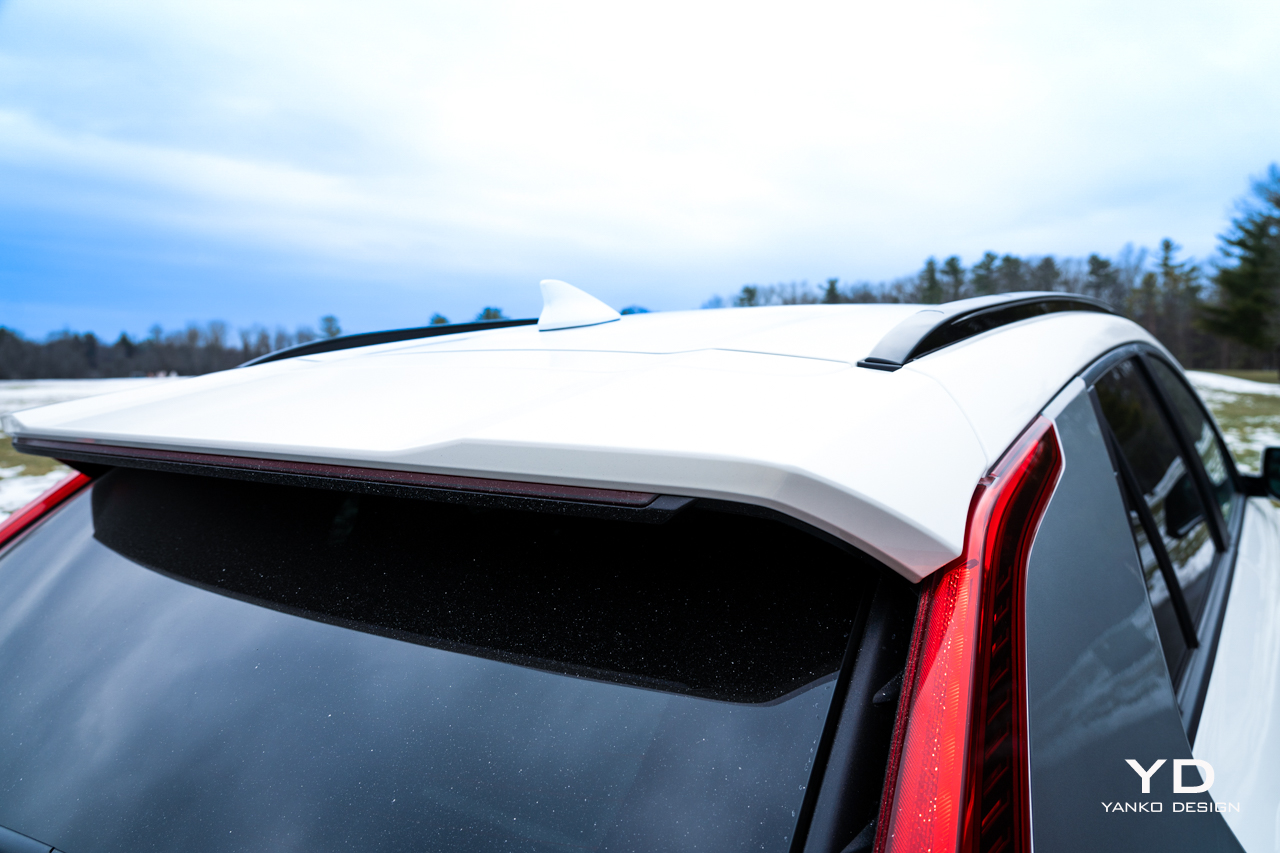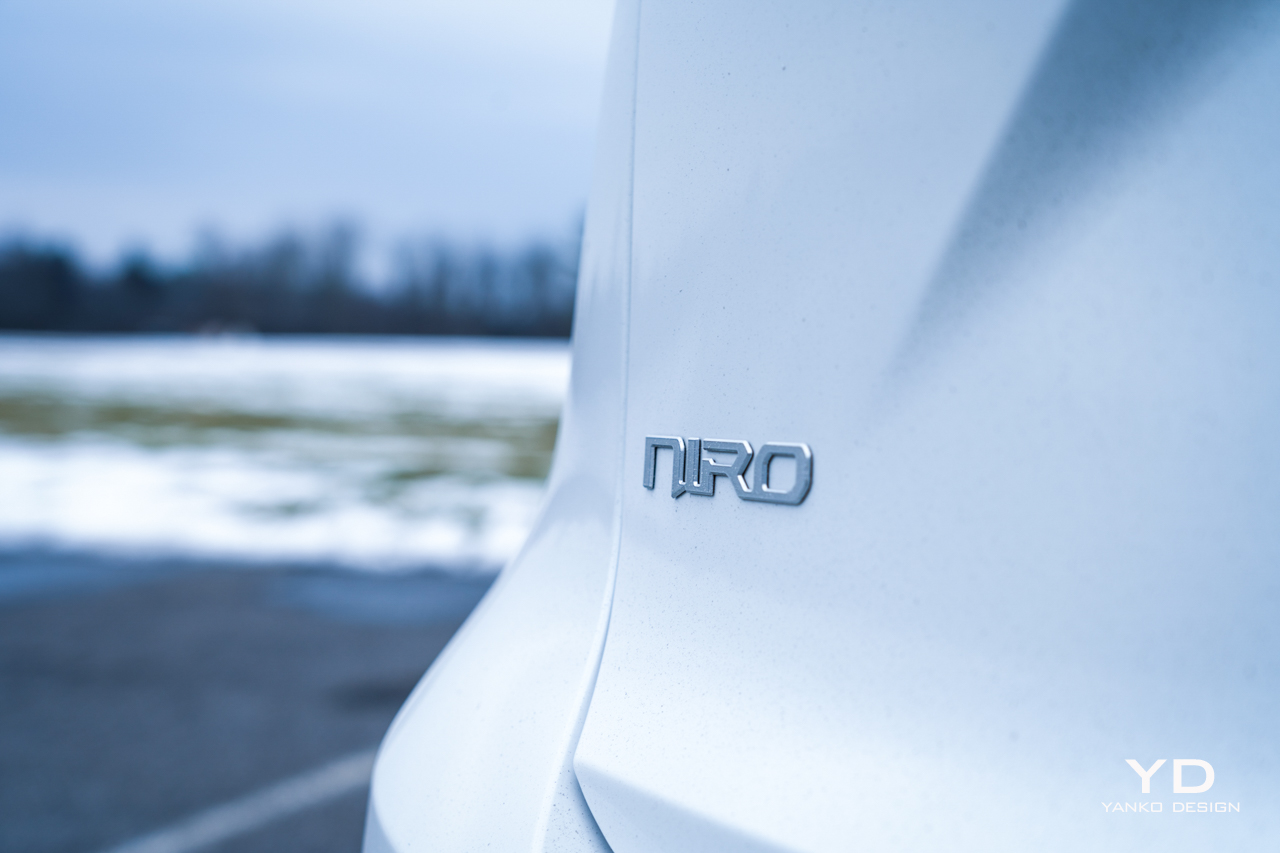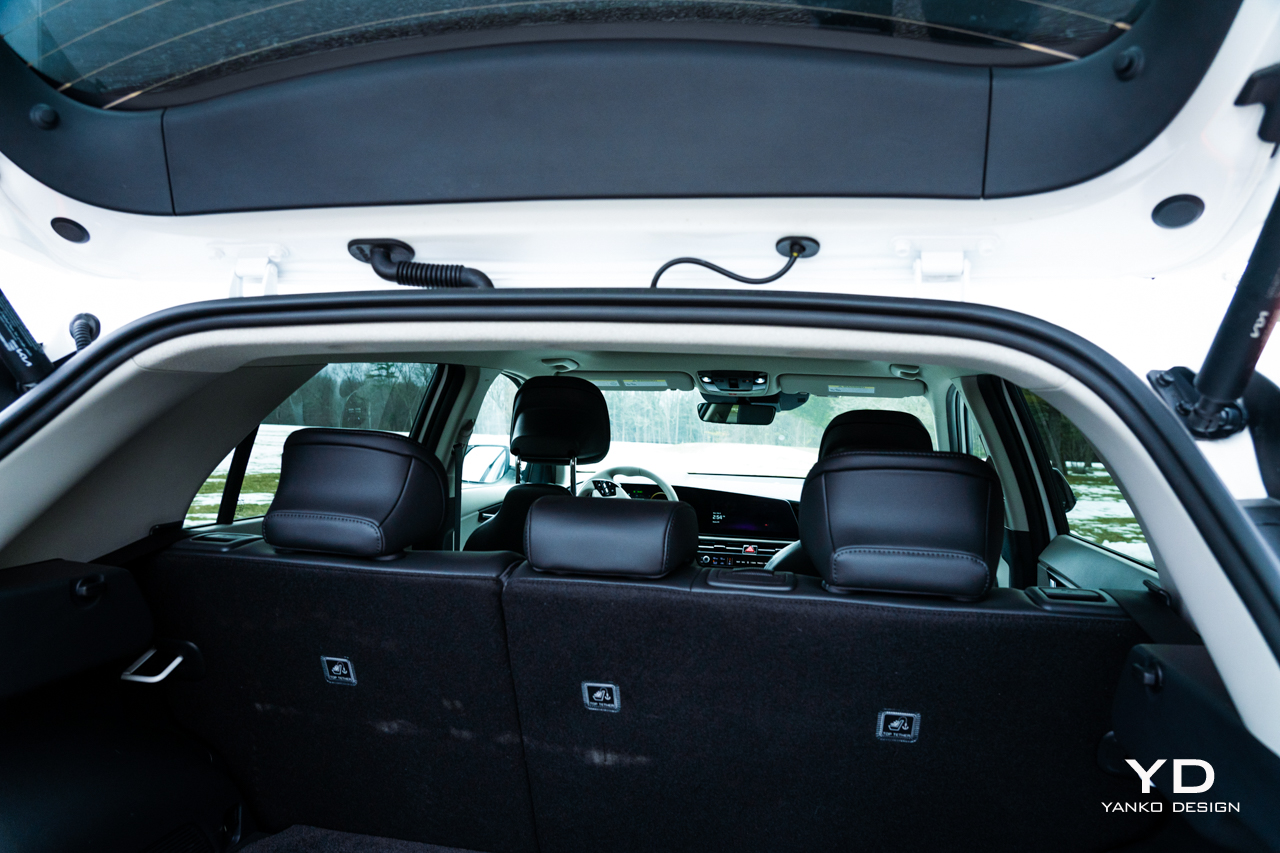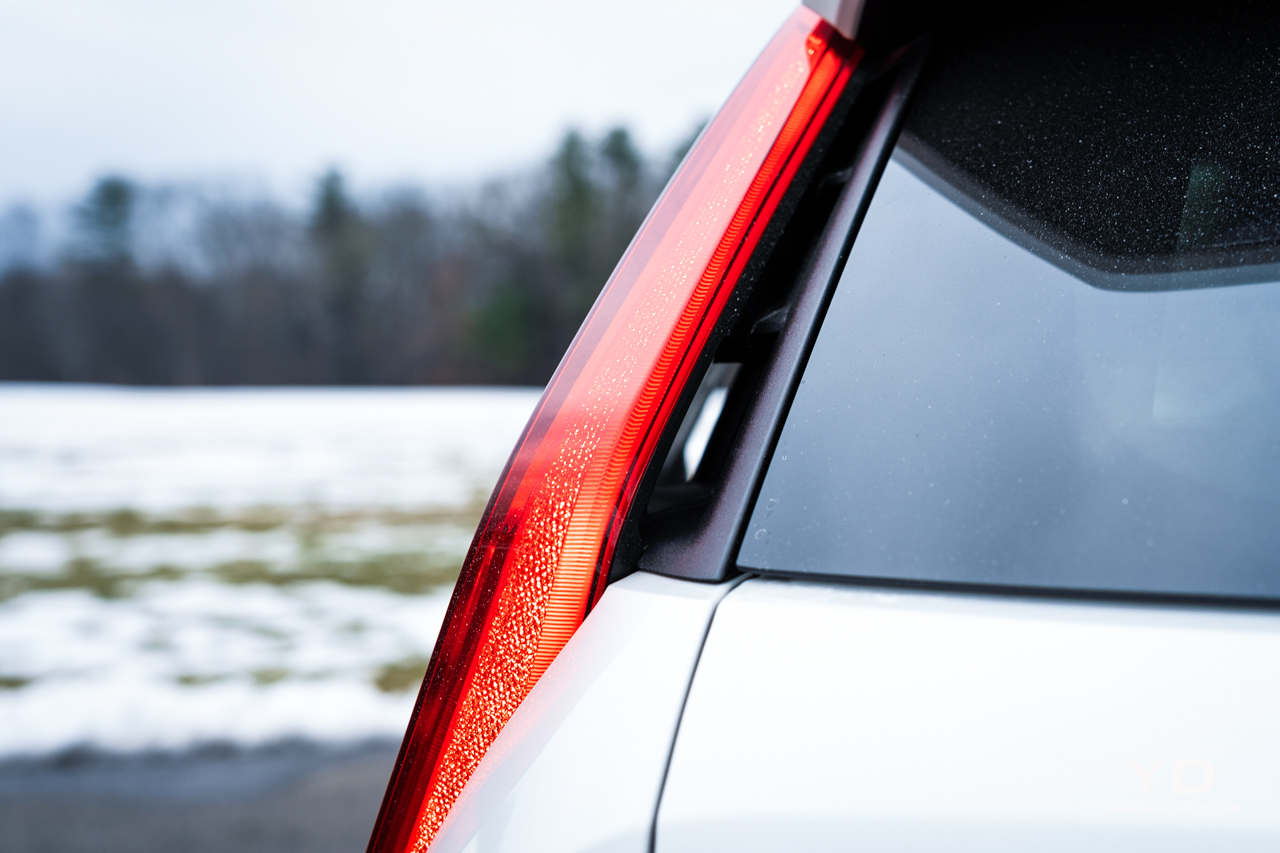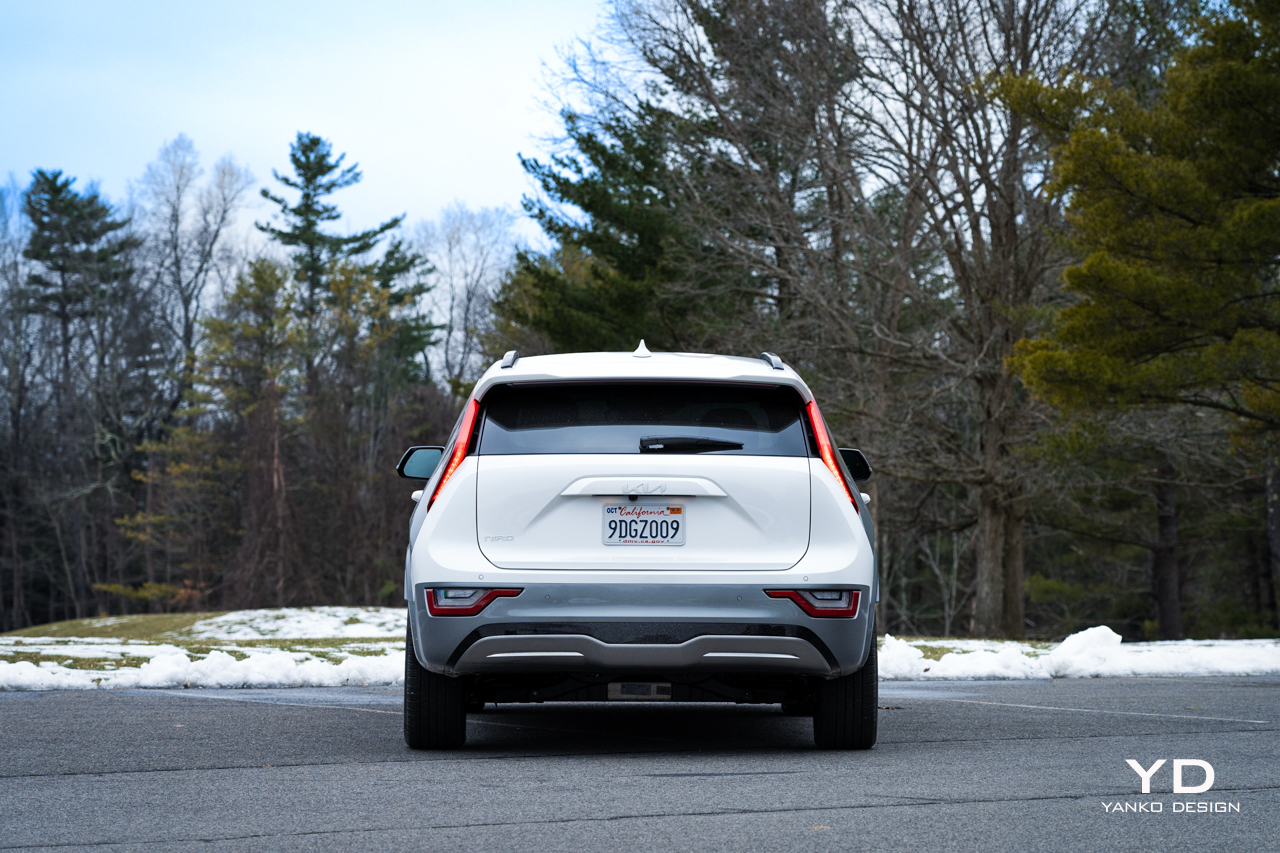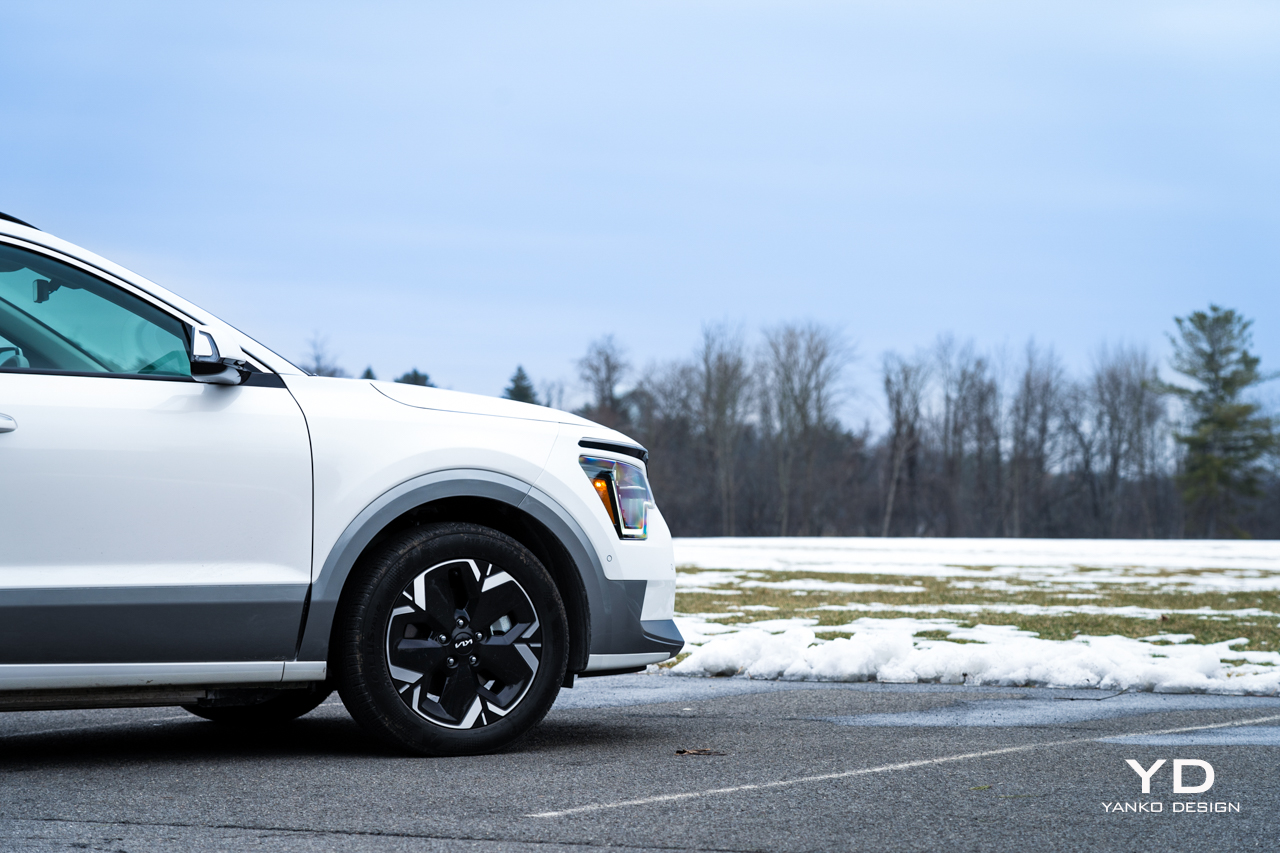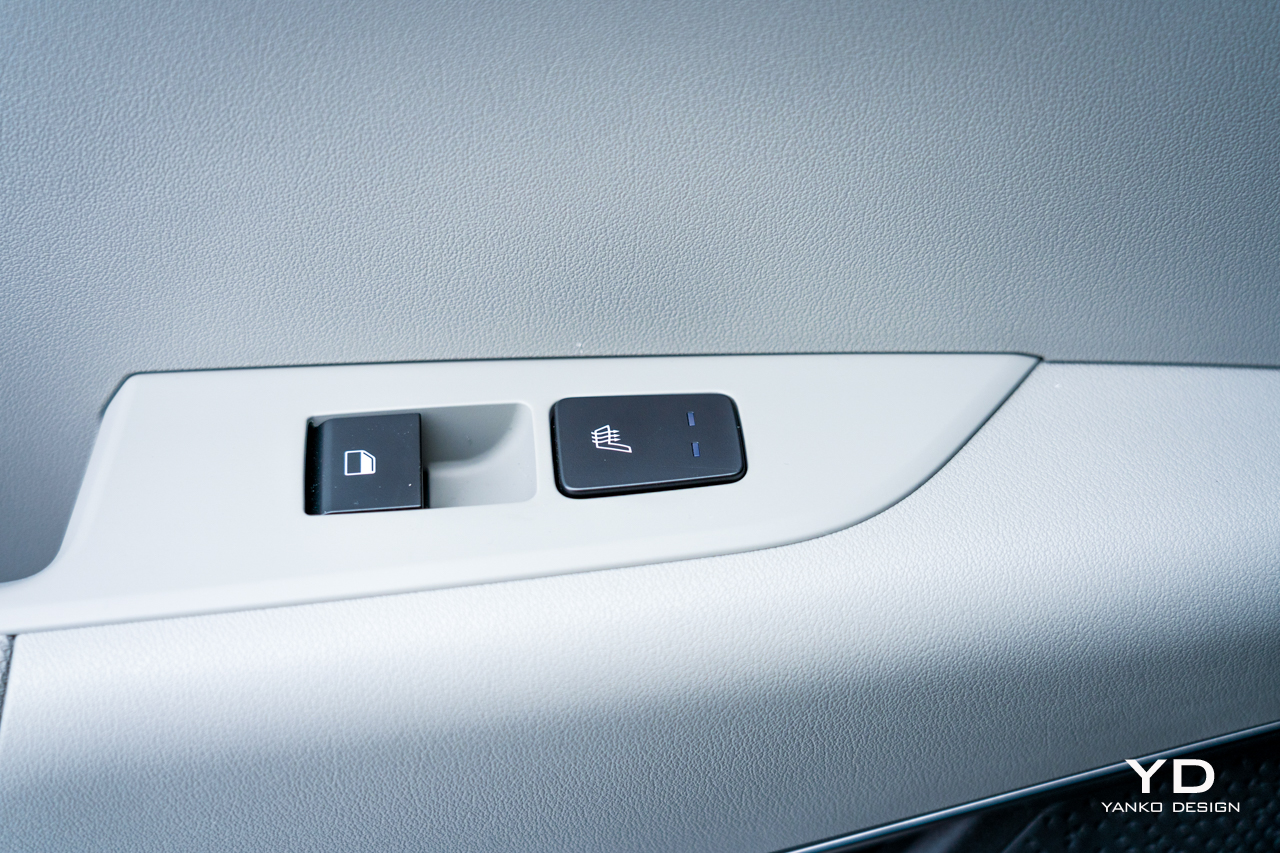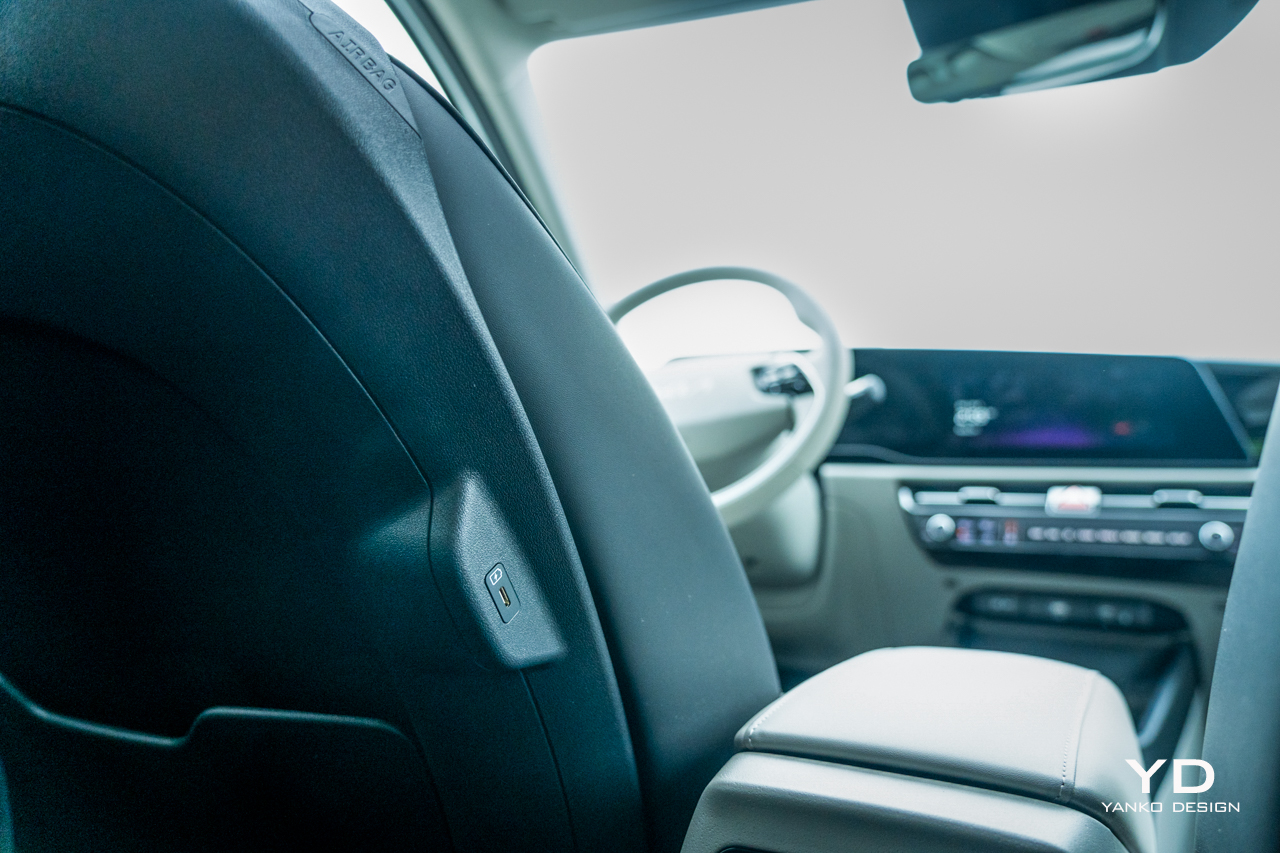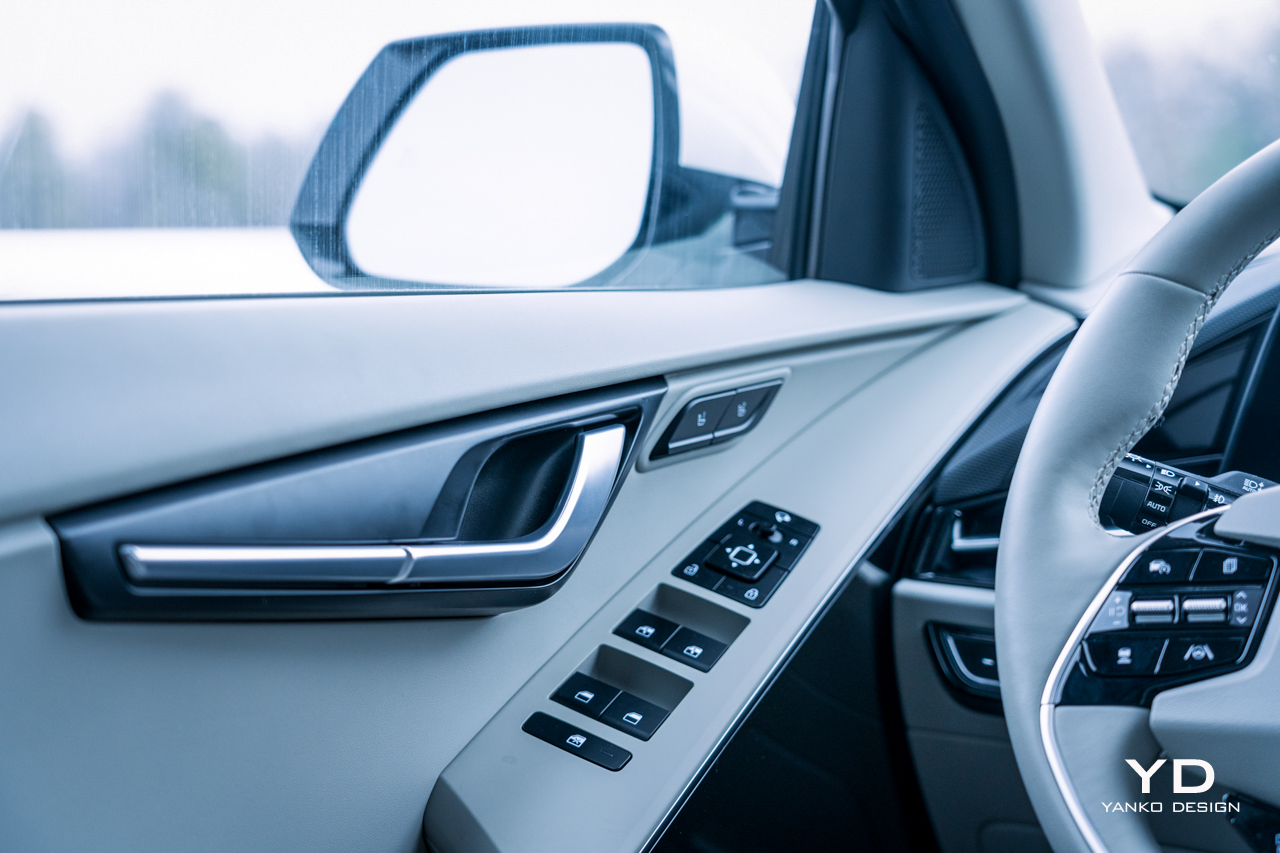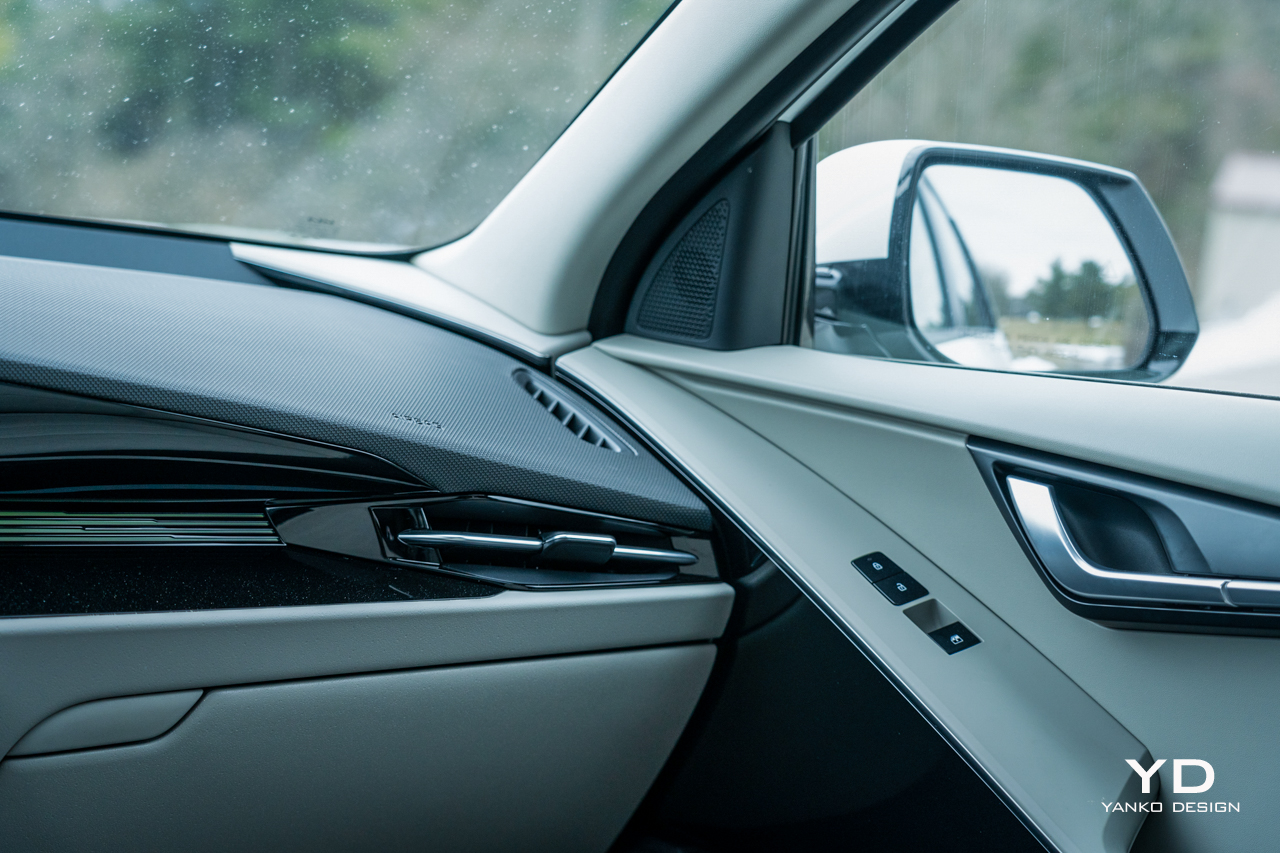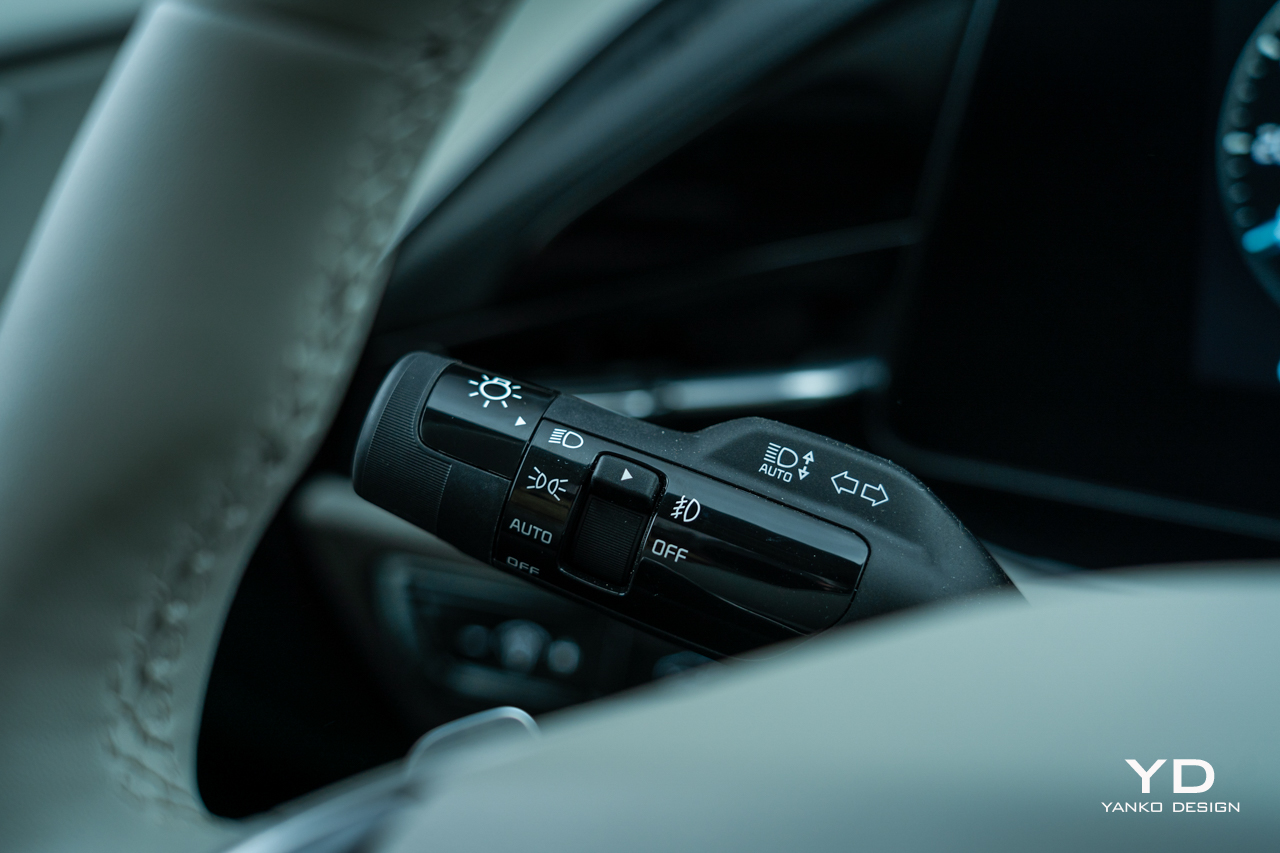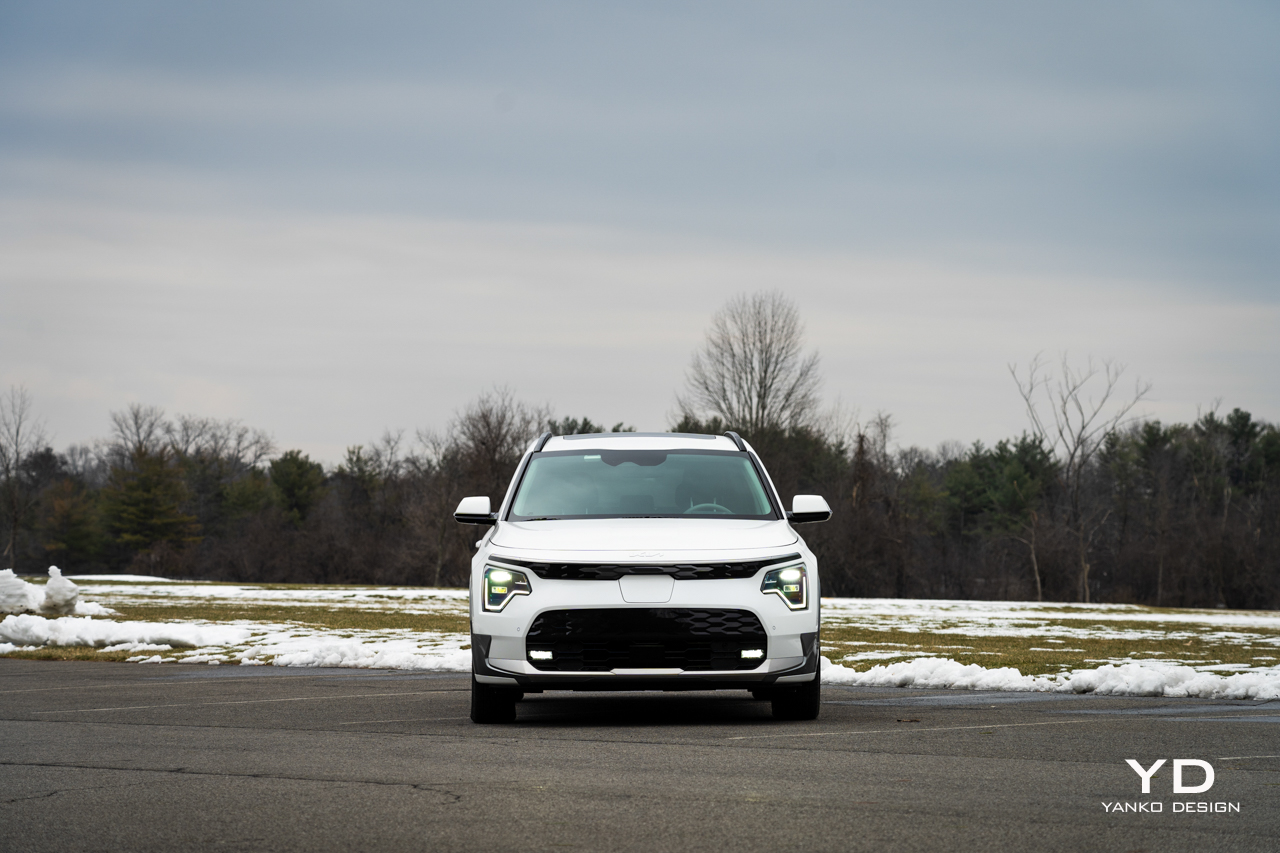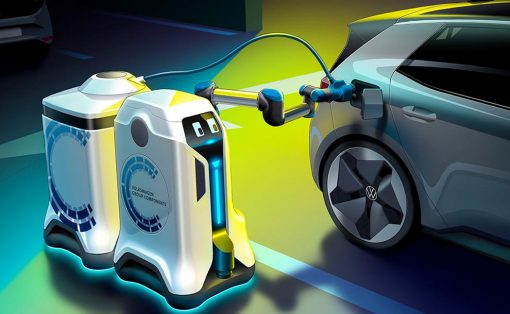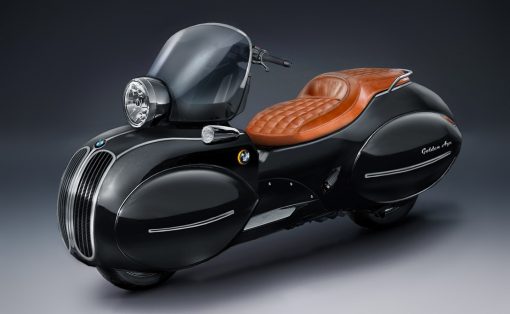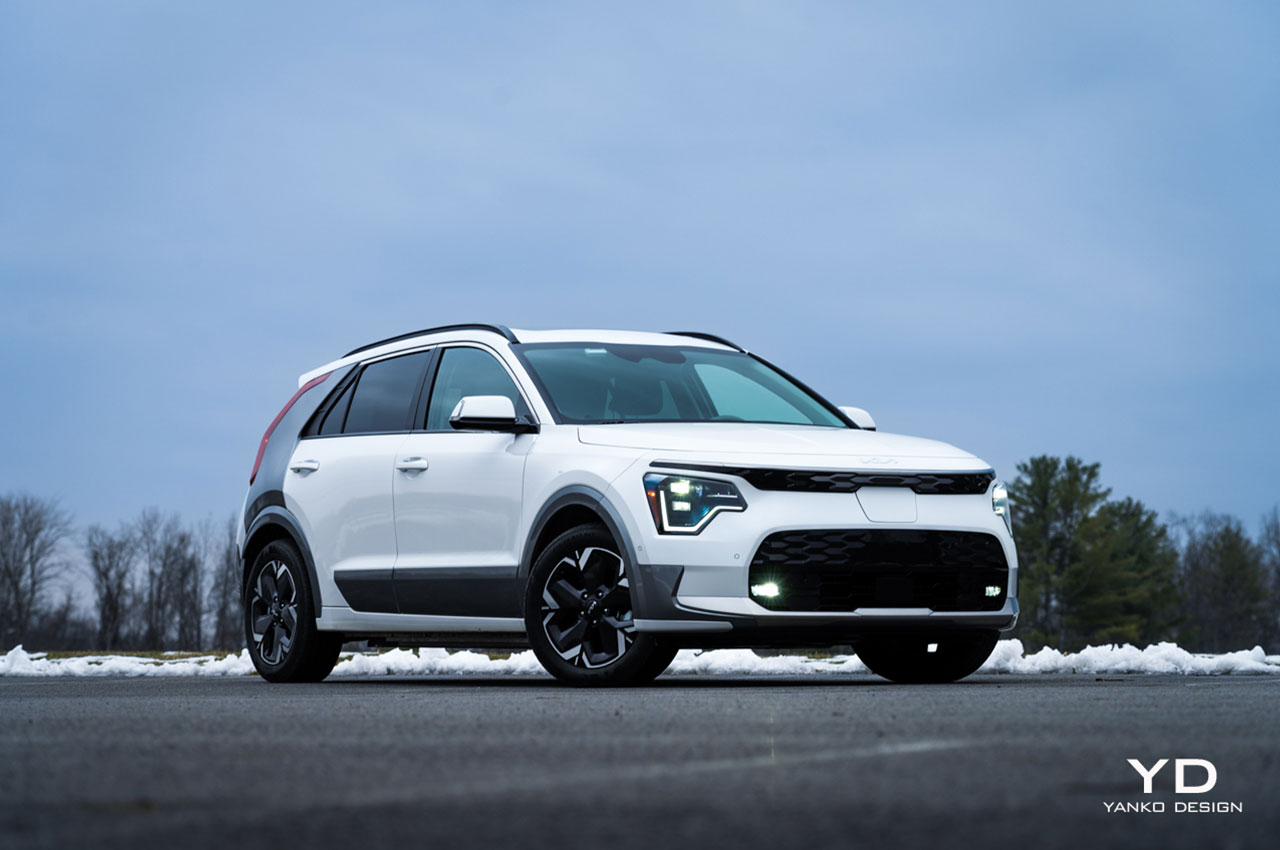
PROS:
- Great styling
- Comfortable ride
- Attainable pricing
CONS:
- Slow charging
- Fewer fun colors on EV
With the industry increasingly moving towards electrification, more and more dedicated EV platforms are hitting the market. Designing a car from the ground up to be battery-powered has some significant advantages when it comes to cabin layout, battery placement, and ultimately range. But, it has some drawbacks too — namely, cost. Designing such a platform is not cheap, and by limiting a new car to be exclusively battery powered means ruling out the majority of buyers who aren’t ready for a wholesale switch wholesale to the EV lifestyle.
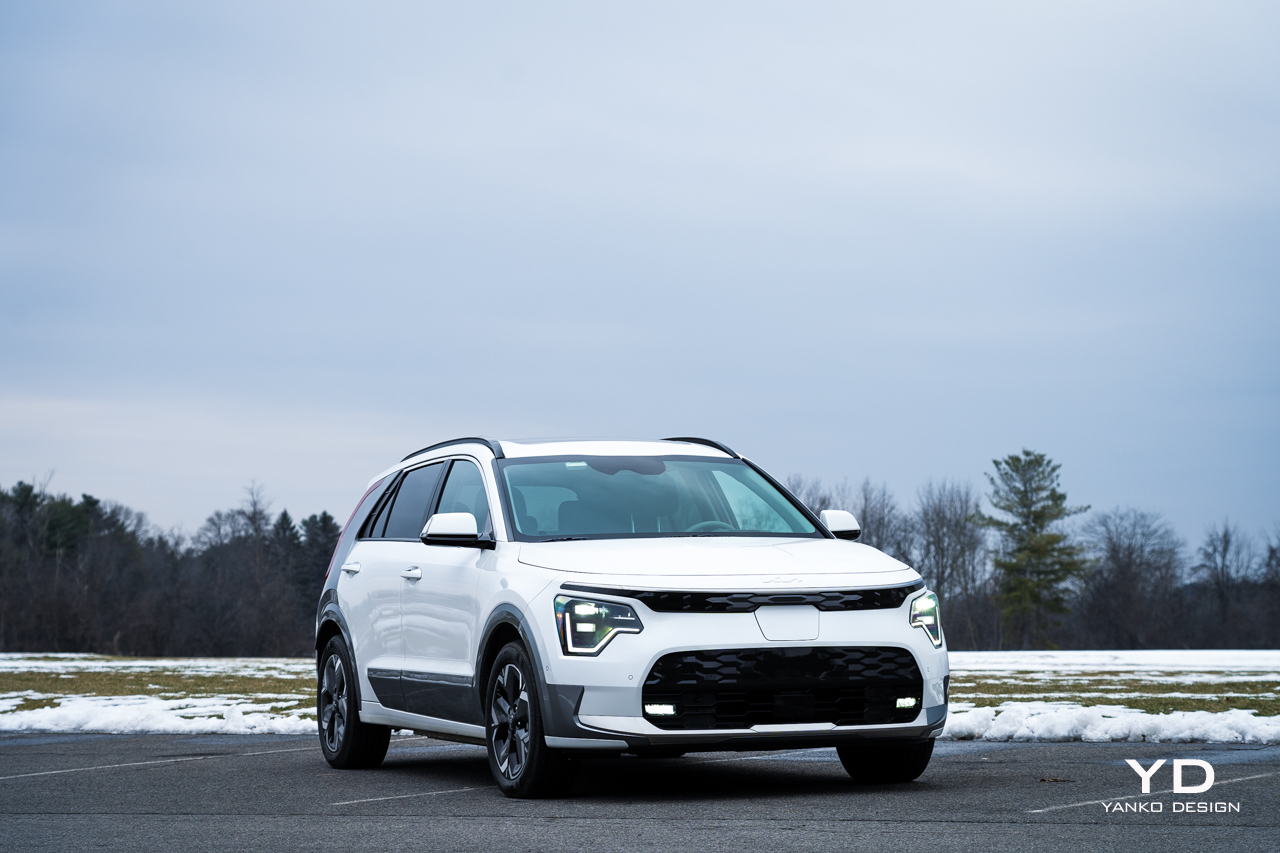
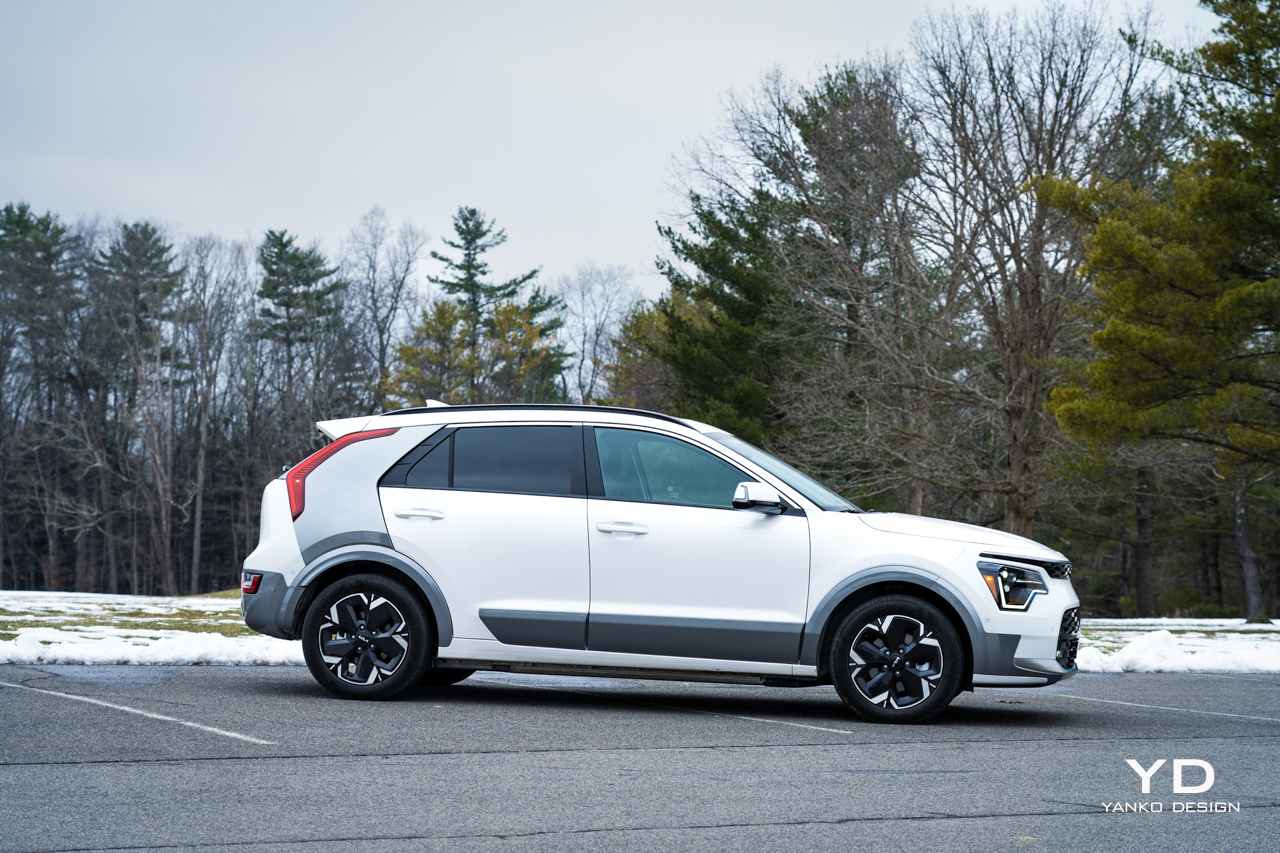
Kia has such a platform at its disposal, E-GMP which underpins the EV6 as well as corporate cousins the Hyundai Ionic 5 and the Genesis GV60. However, Kia’s other EV, the Niro, has taken a more graduated approach. Here, Kia has managed to offer one car in three flavors: series hybrid, plug-in hybrid, and full-on electric, made possible by more flexible platform that can fit motors, engines, or both.
But can an EV with middling range and a traditional cabin layout compete with modern, dedicated EVs? It can when it looks this good, drives this well, and is priced this competitively.
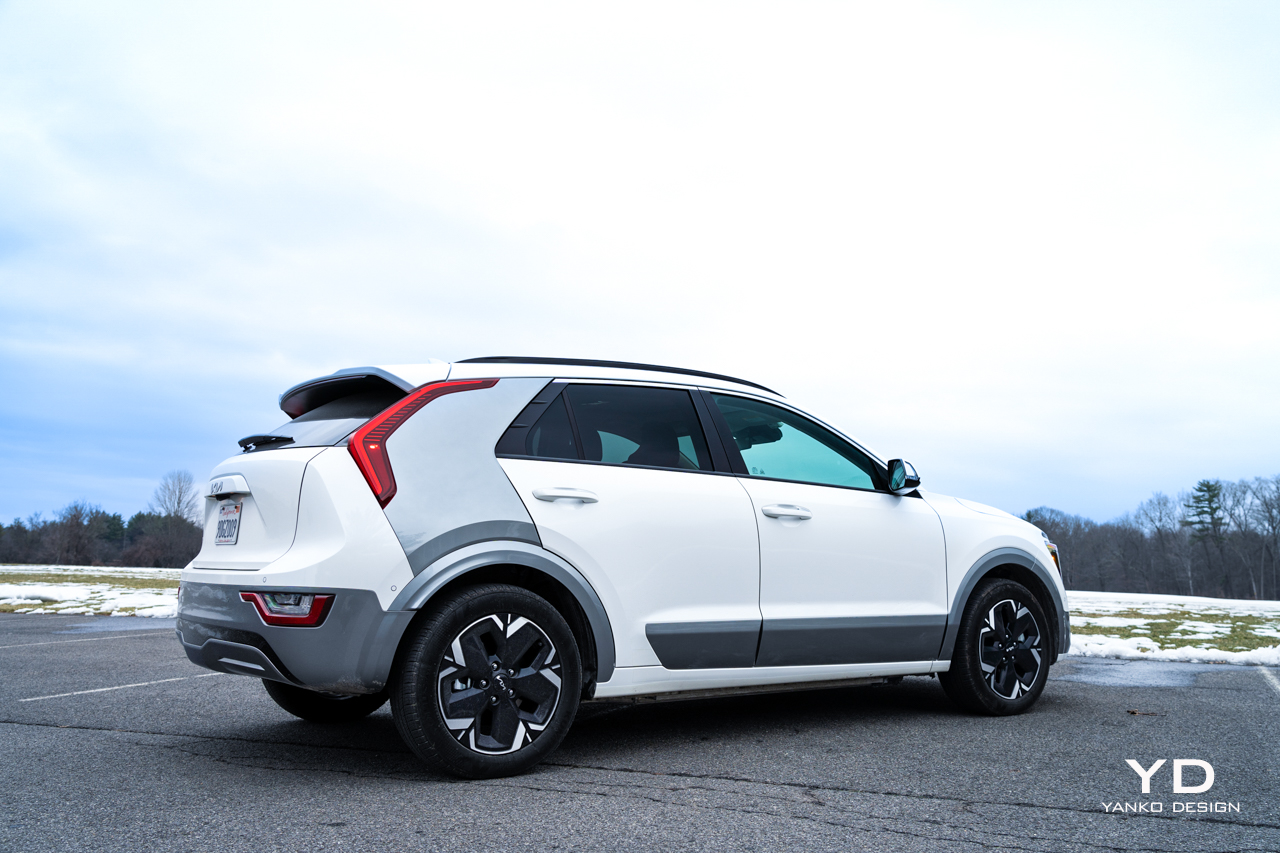
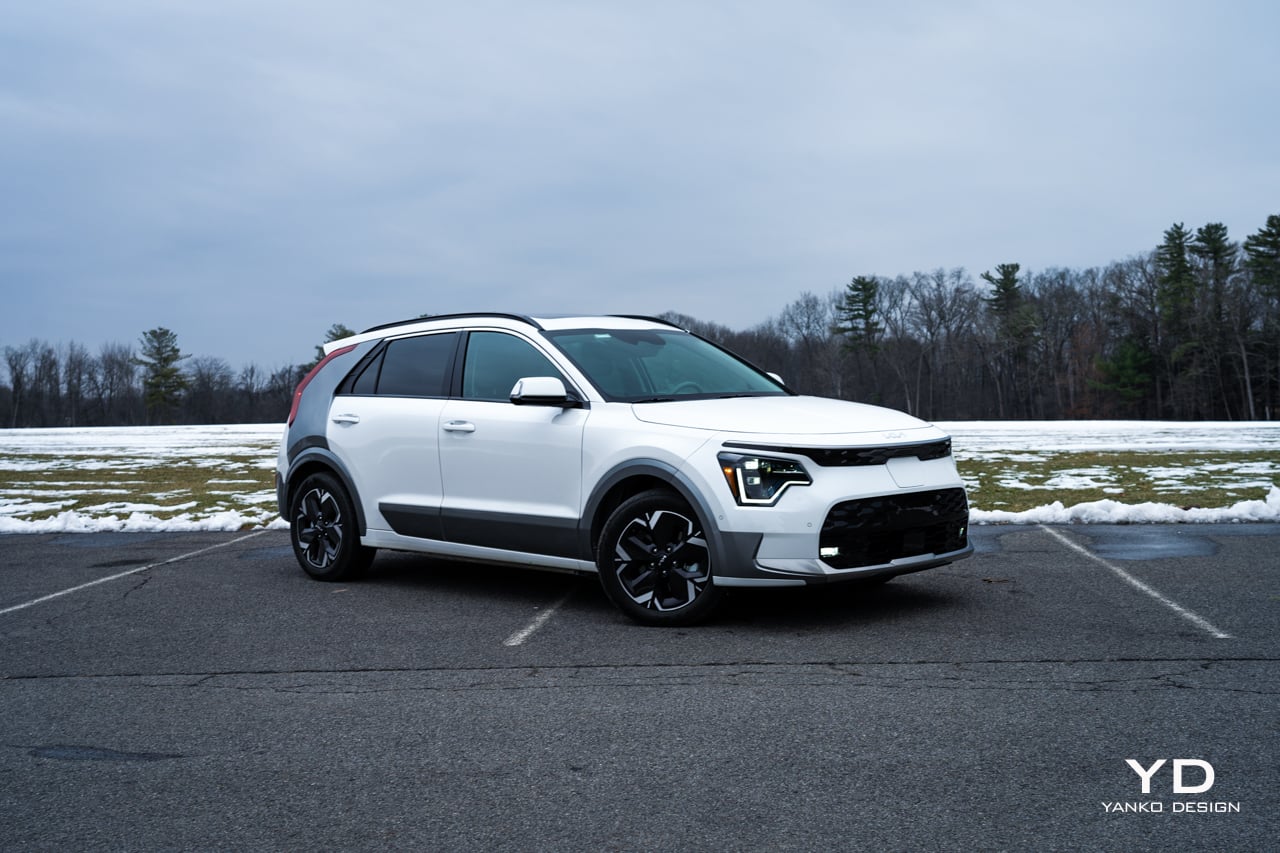
Design
The outgoing Niro was a fine looking car, fresh enough without being too radical, part of Kia’s earlier wave of design statements to define itself not as a value brand but as one truly doing something different. With the new Niro, Kia truly seals the deal with something stellar.
Though the car has a new style, its sheetmetal is wrapped around the same familiar, practical shape. The Niro EV is classified as an SUV, but it’s on the extremely small side of the crossover spectrum, really more of a tall wagon. Regardless, it’s a practical shape that’s great for small families or anyone with an active lifestyle.
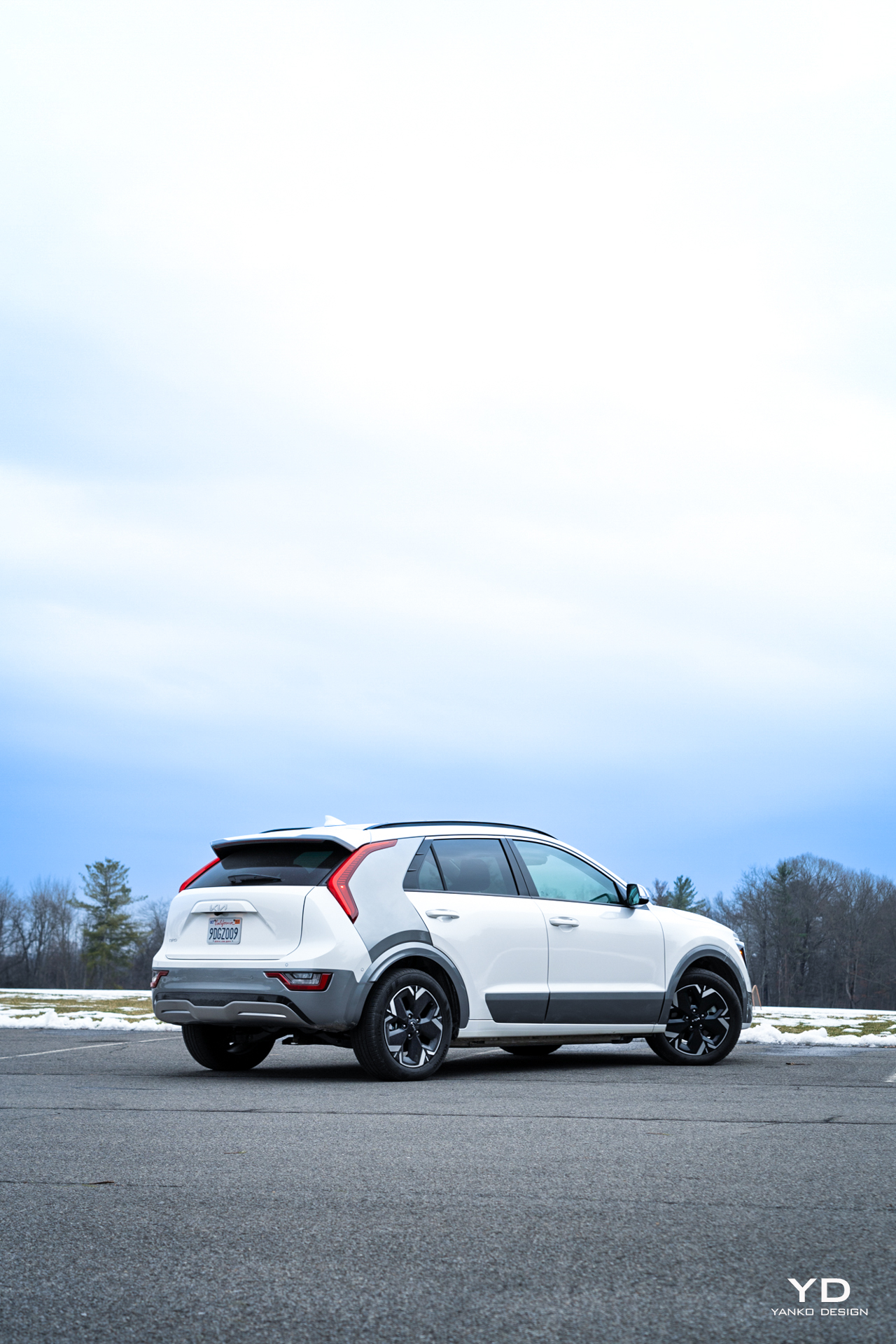
An active lifestyle and a love for progressive styling cues. The most significant one is found at the C-pillar, of all places. Kia calls it the Aeroblade and it’s far and away the most striking design element on the car — but only if you pay a little extra to get it in a contrasting color, like you see here. This form is physically separated from the rest of the body, a sort of bridge with a functional vent leading to the back of the car.
It’s the sort of styling element commonly seen on high-end sports cars and, while its functional need is questionable on a low-power EV, the aesthetic appeal is without doubt. It looks fantastic.
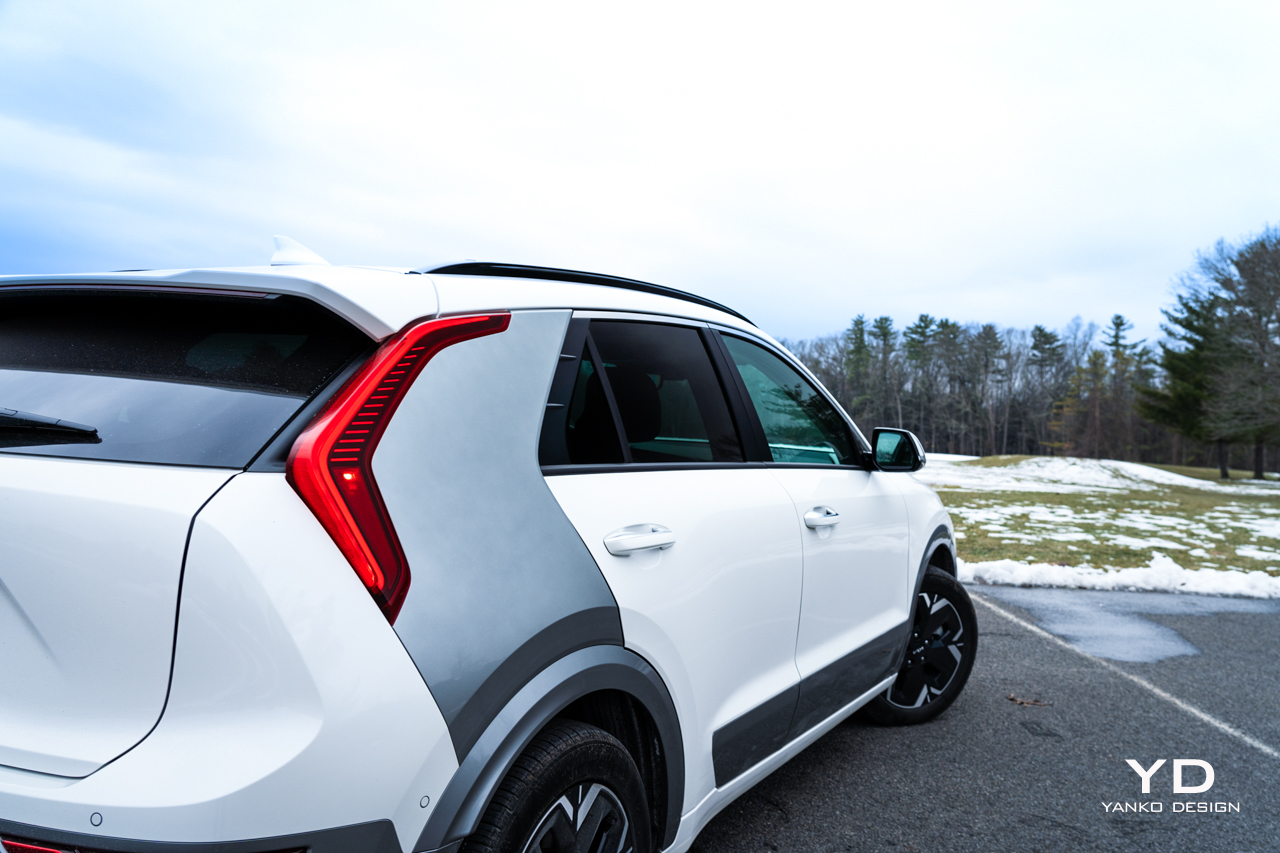
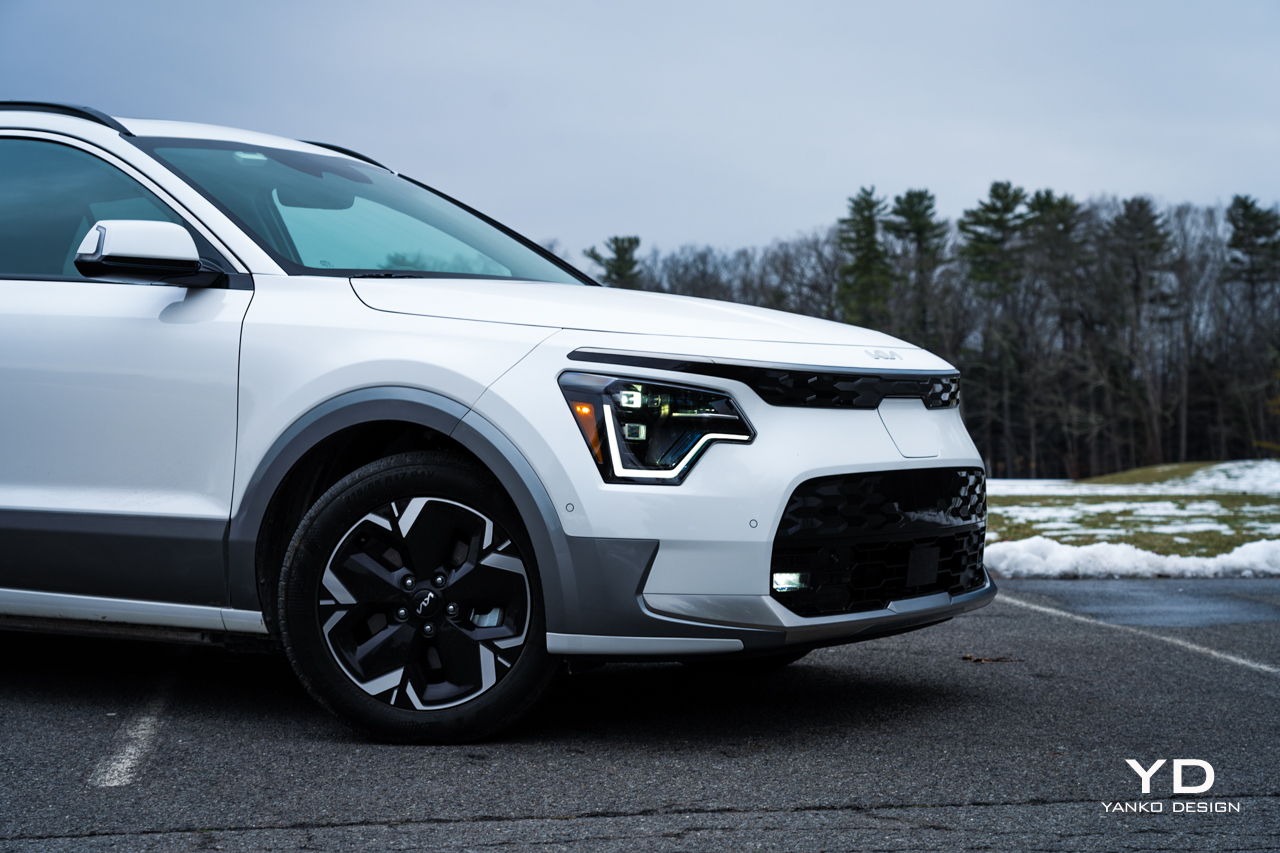
The rest of the car looks good, too. Headlights are situated low and wide, on either side of a faux plastic grille that’s just a repeated texture of black plastic forming a modern face for the car. That Aeroblade dominates the side view, along with color-contrasting kick plates low on the doors.
Tail-lights are almost fully integrated into those C-pillars, leaving the rest of the rear looking a bit plain by comparison. But, a generous hatch spoiler adds some spice, while a rear-window wiper is greatly appreciated.
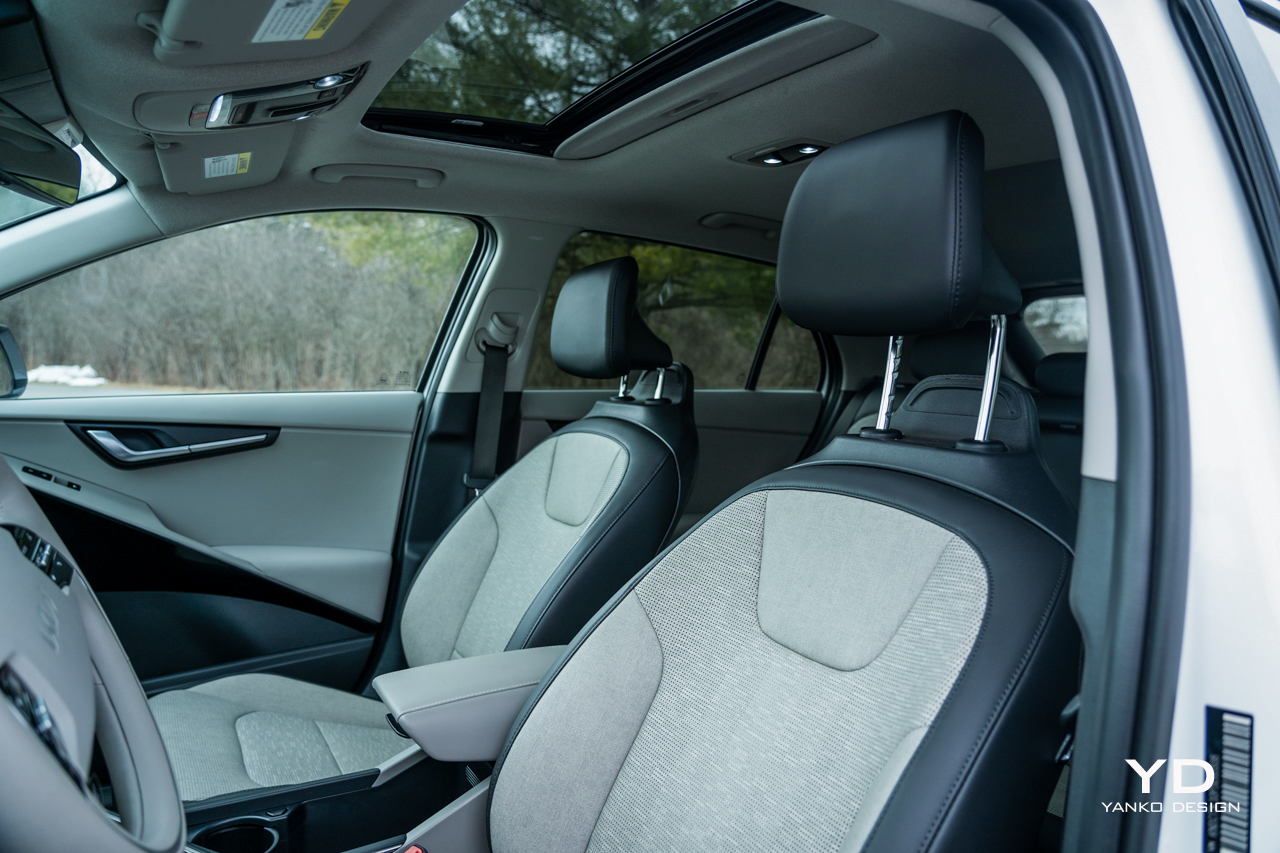
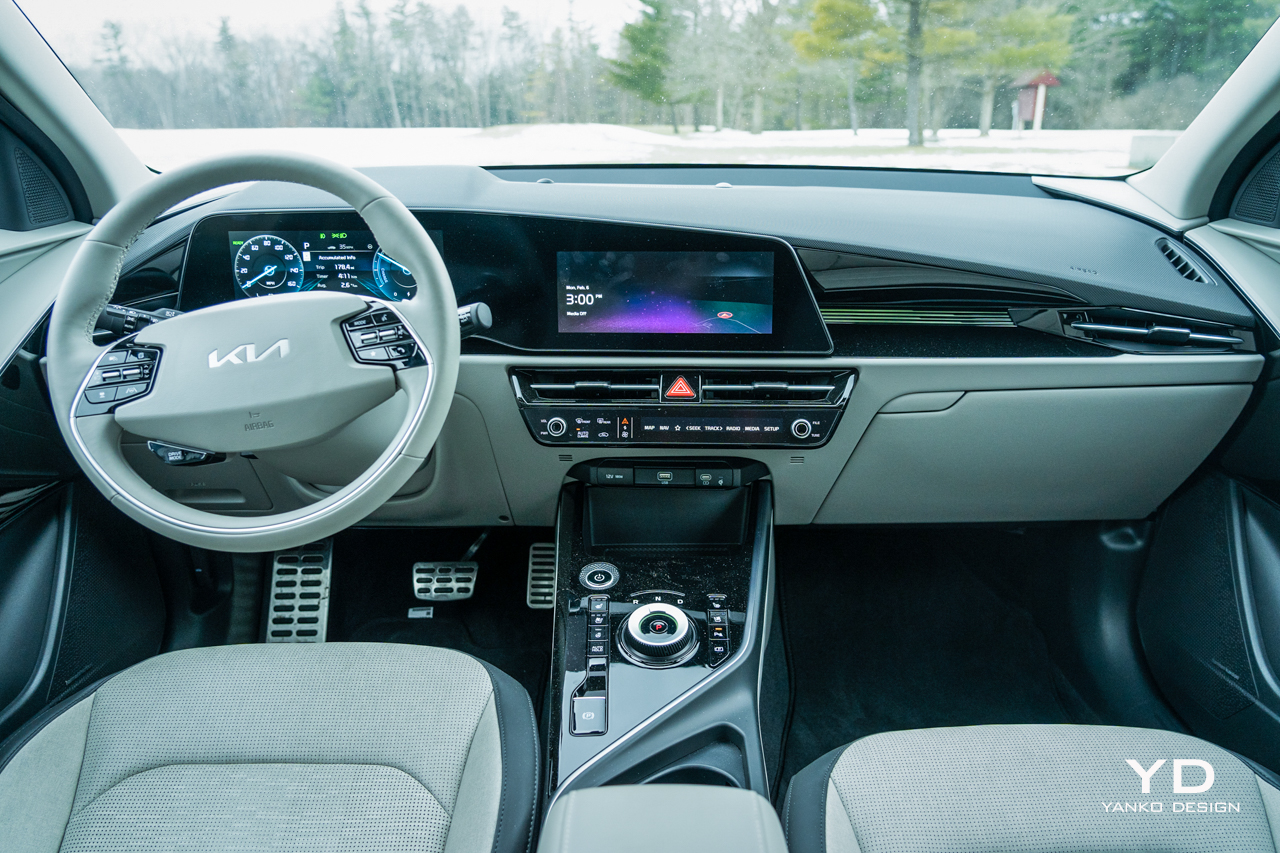
On the inside, things are a little less radical but no less welcoming. Perhaps even more so. The pale gray interior on the Kia Niro EV Wave trim you see here creates a light effect that’s a lot less dour than the seas of black vinyl we’re increasingly seeing inside modern cars. That its upholstery is made of recycled bottles definitely helps you feel better about things. Your mood will also be lifted by the sunroof, which isn’t panoramic but still lets in plenty of its namesake.
Up front, there’s a 10.25-inch display running Kia’s extremely familiar UVO infotainment system, which is simple and snappy and works well enough, including both wireless Android Auto and Apple CarPlay. Front seats are comfortable, if a bit flat.
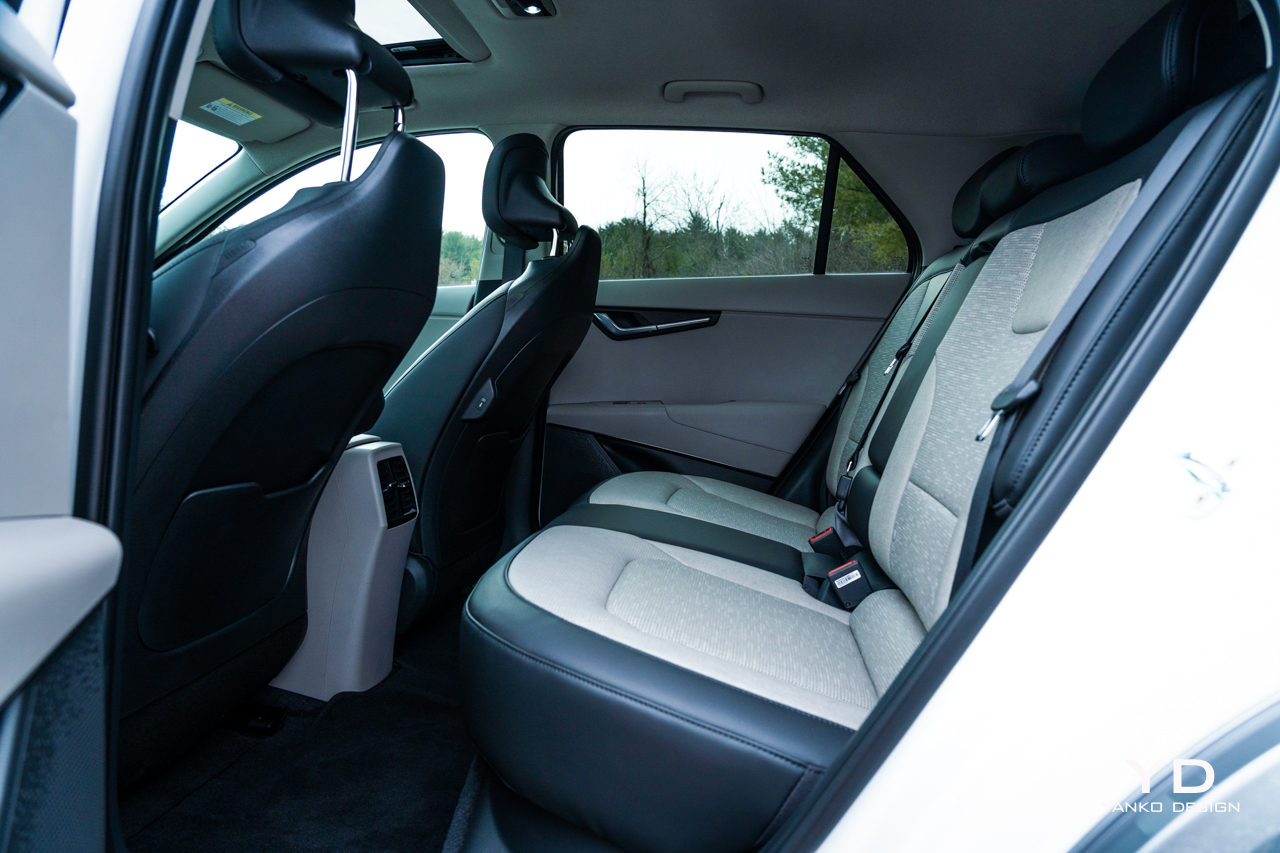
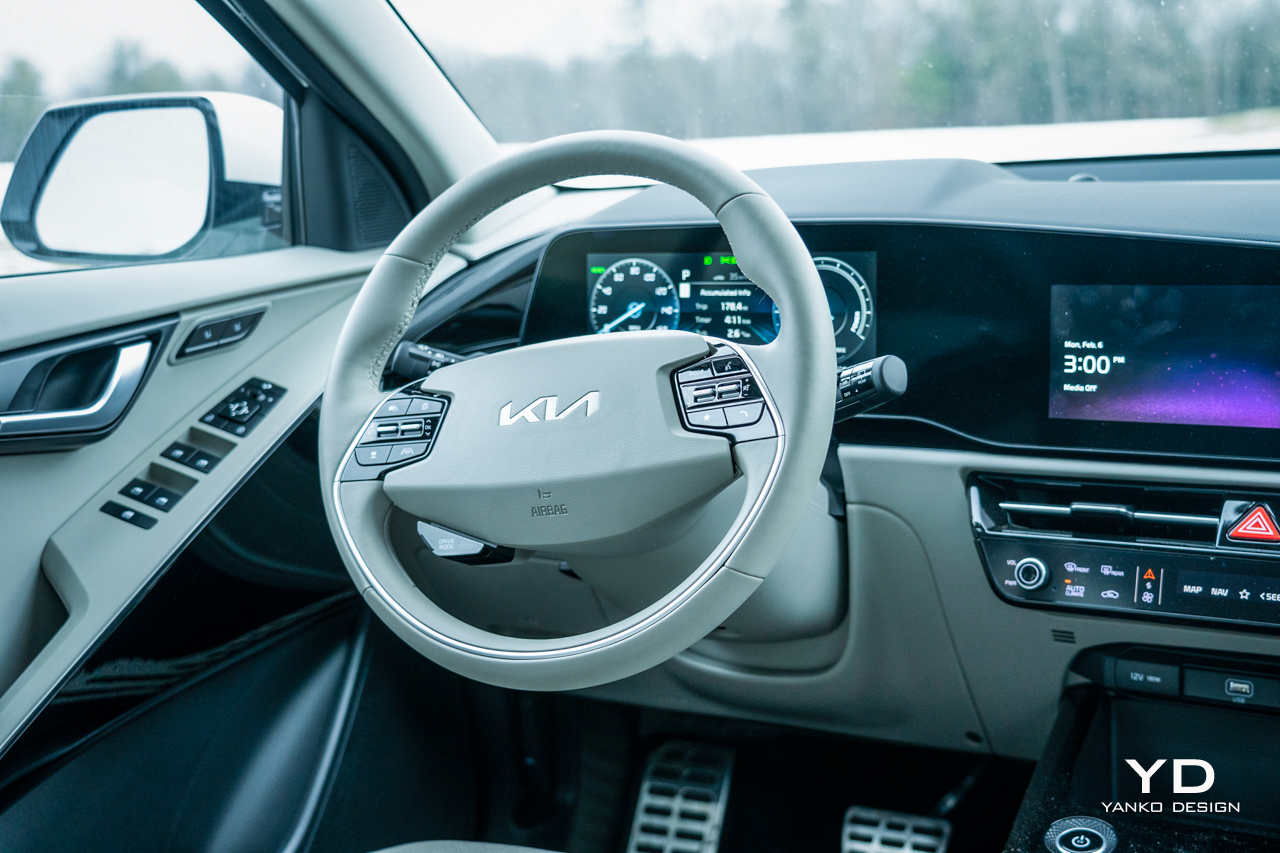
Out back there’s plenty of room, too, with a wide bench seat and generous space for those who are either long of leg or long of torso — or both. There’s even heated rear seats, plus a pair of USB-C ports cunningly integrated into the sides of the front seats for charging.
The most important charge port, though, is up front between the headlights. The Niro EV supports DC fast charging of up to 85 kW, which will give an 80 percent charge in the 64.8 kWh battery pack in about 45 minutes. That’s a bit slow by modern standards. A full charge will take closer to two hours, or if you’re charging at home on a level 2 unit, it’ll take just shy of eight.
Maximum range of the Niro EV is 253 miles according to the EPA. I wasn’t able to test that as my time of testing was fraught with awful weather, including temperatures well below freezing and strong headwinds. So, my rating of 2.6 miles per kWh, or a theoretical maximum range of 169 miles, isn’t applicable unless you happen to be driving through the Arctic.
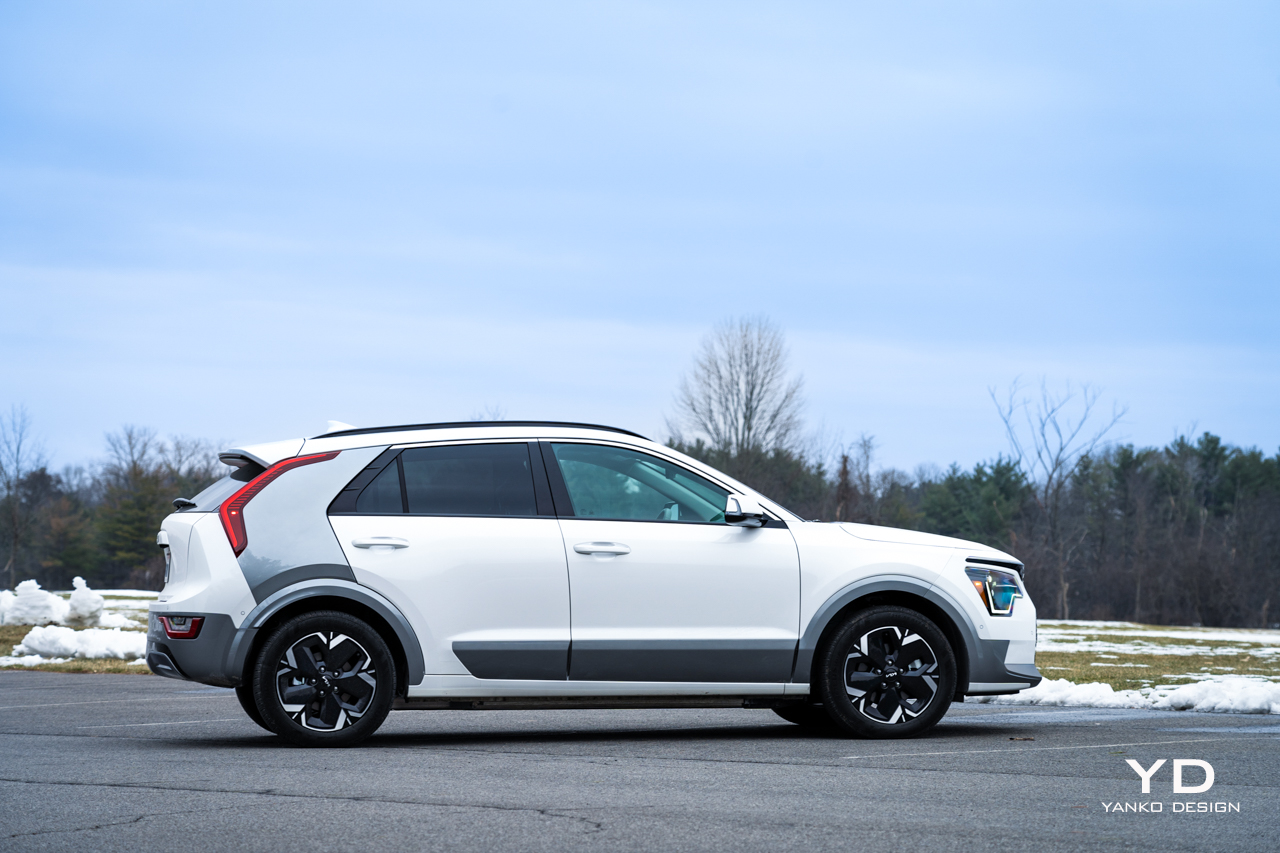
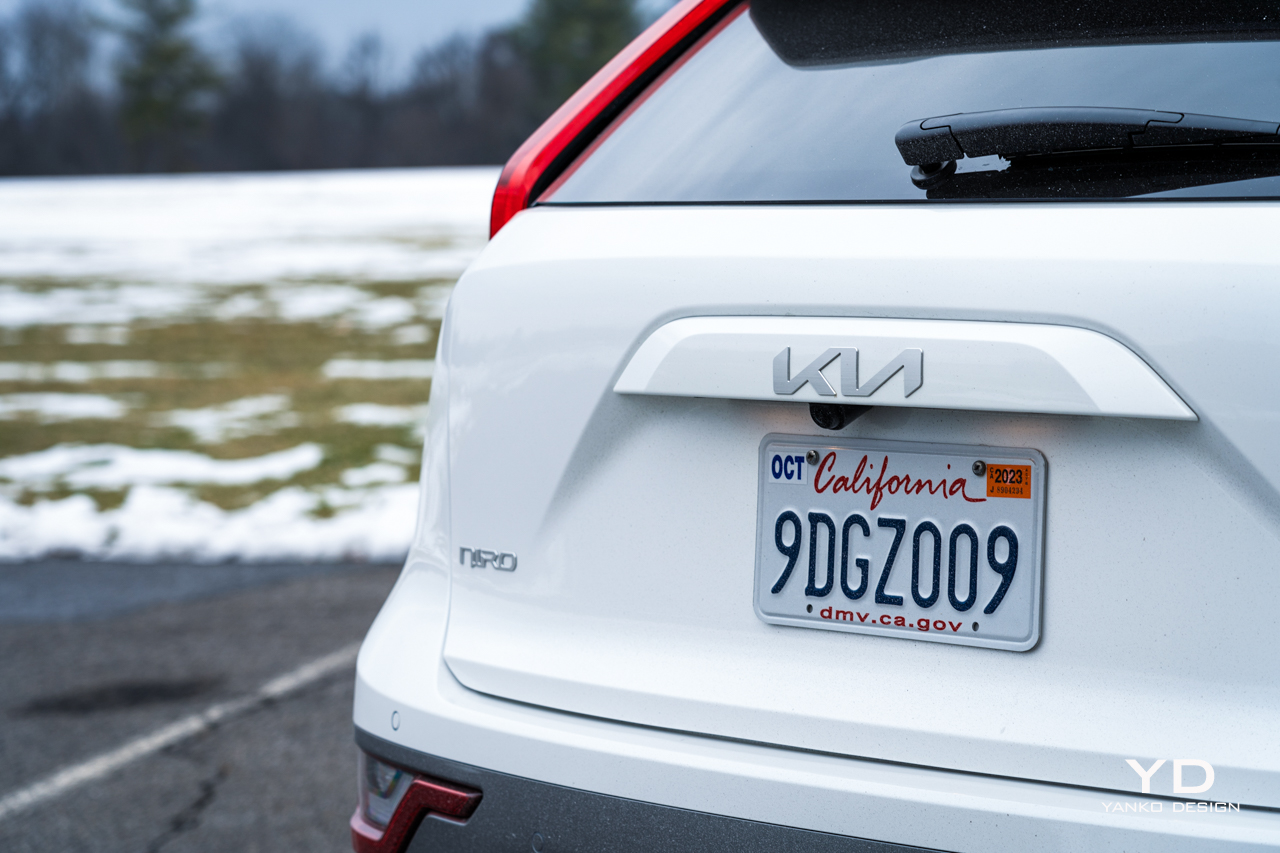
The Drive
EVs, even affordable ones, should be fun to drive, and the Niro EV is no exception. Though its 201 horsepower and 188 pound-feet of torque are on the low end for a vehicle weighing 3,800 pounds, it accelerates well and will definitely get out ahead when darting from one intersection to the next.
It’s only at higher speeds, on the highway, when things start to feel a little flat. Here the Niro seems to lose the battle against the increased air resistance and the higher RPM demanded at these speeds. Don’t get me wrong, it’s still more than capable of moving well through traffic and passing, but it doesn’t quite leap forward with the same aggression as at lower speeds.
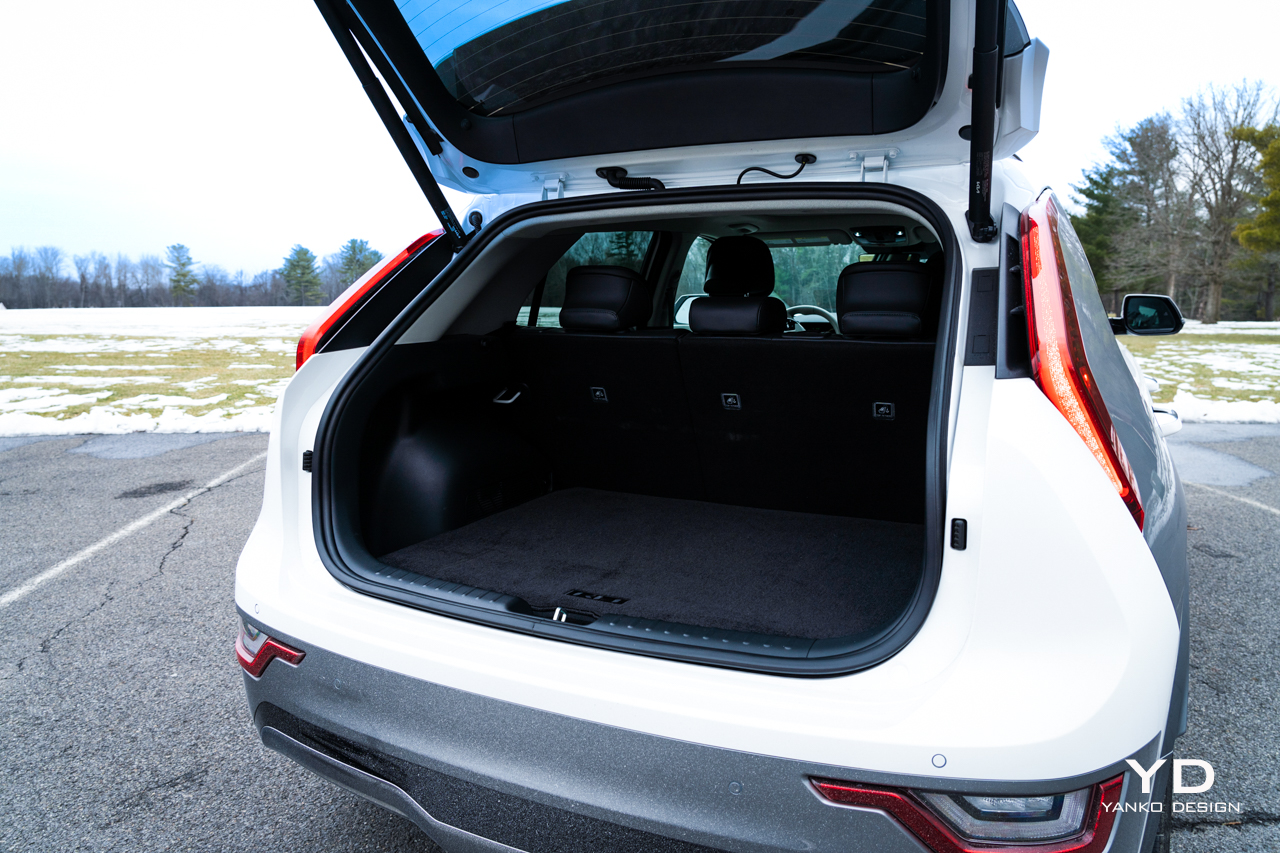
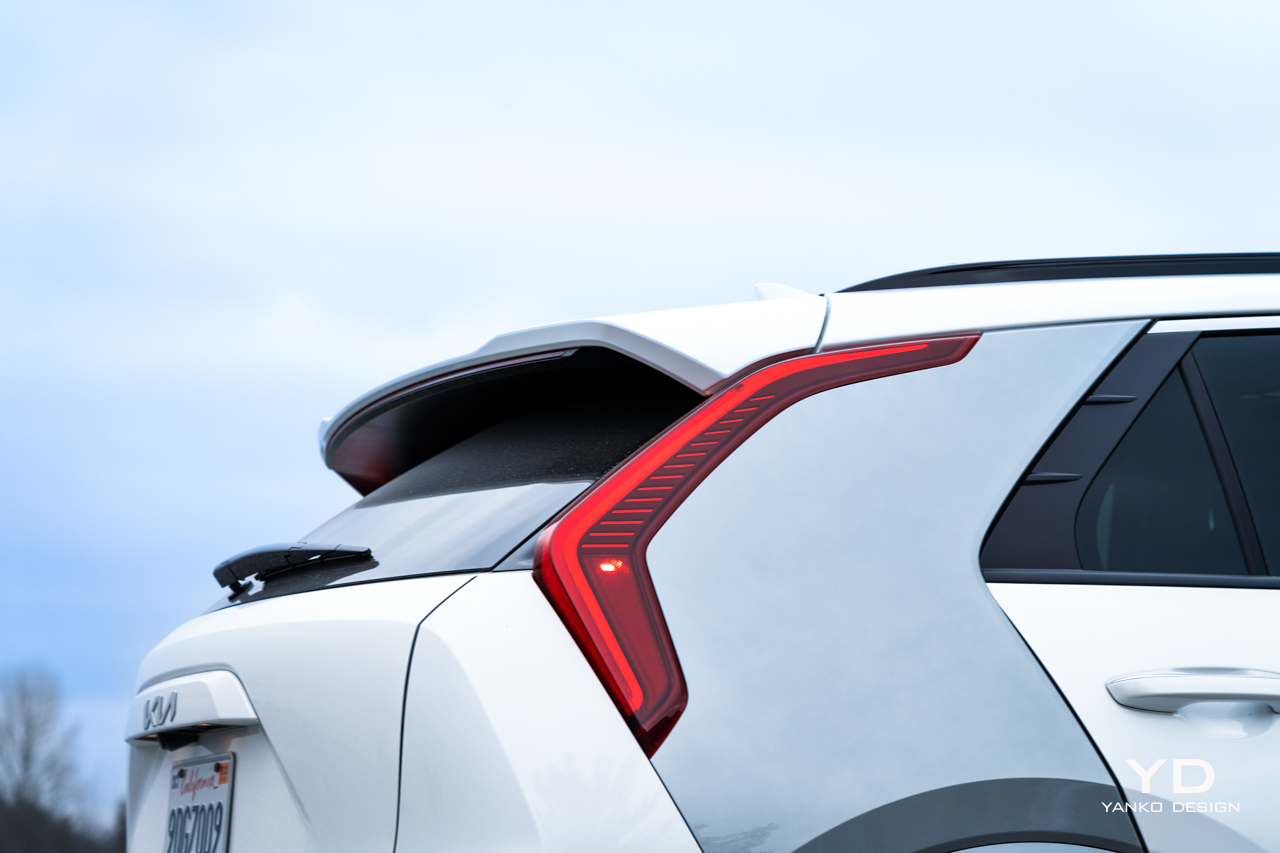
The Niro EV’s steering is light but the car responds quickly to your inputs. Push it hard through corners, though, and the result is just more body roll. No, despite that trick vented C-pillar, this isn’t a sports car.
That’s okay. The Niro EV excels at the more important things for this class of car, like delivering quiet and calm ride quality. The Niro EV’s comfortable suspension and generous sidewalls ensure it stays relaxed even over broken asphalt, interior quiet throughout thanks both to that isolation and the silent drivetrain.
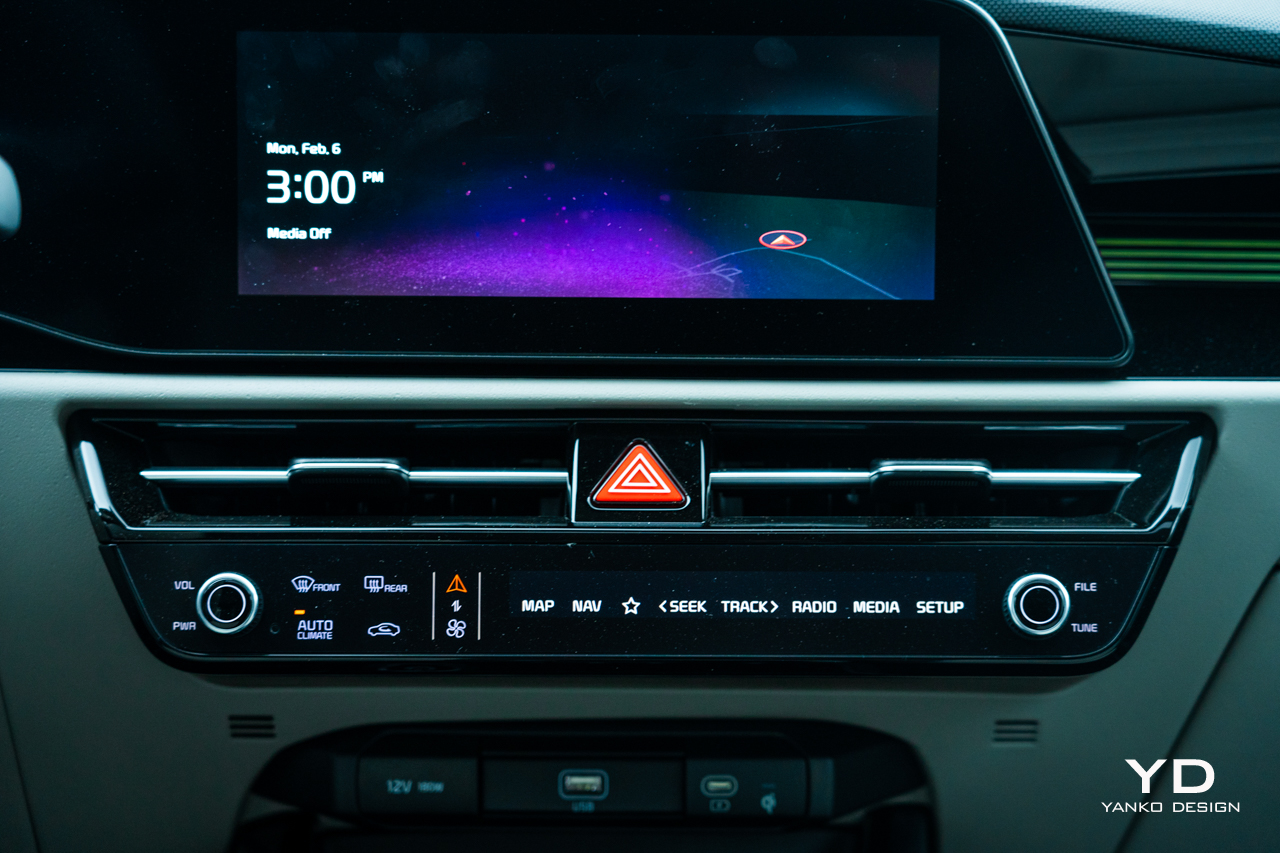
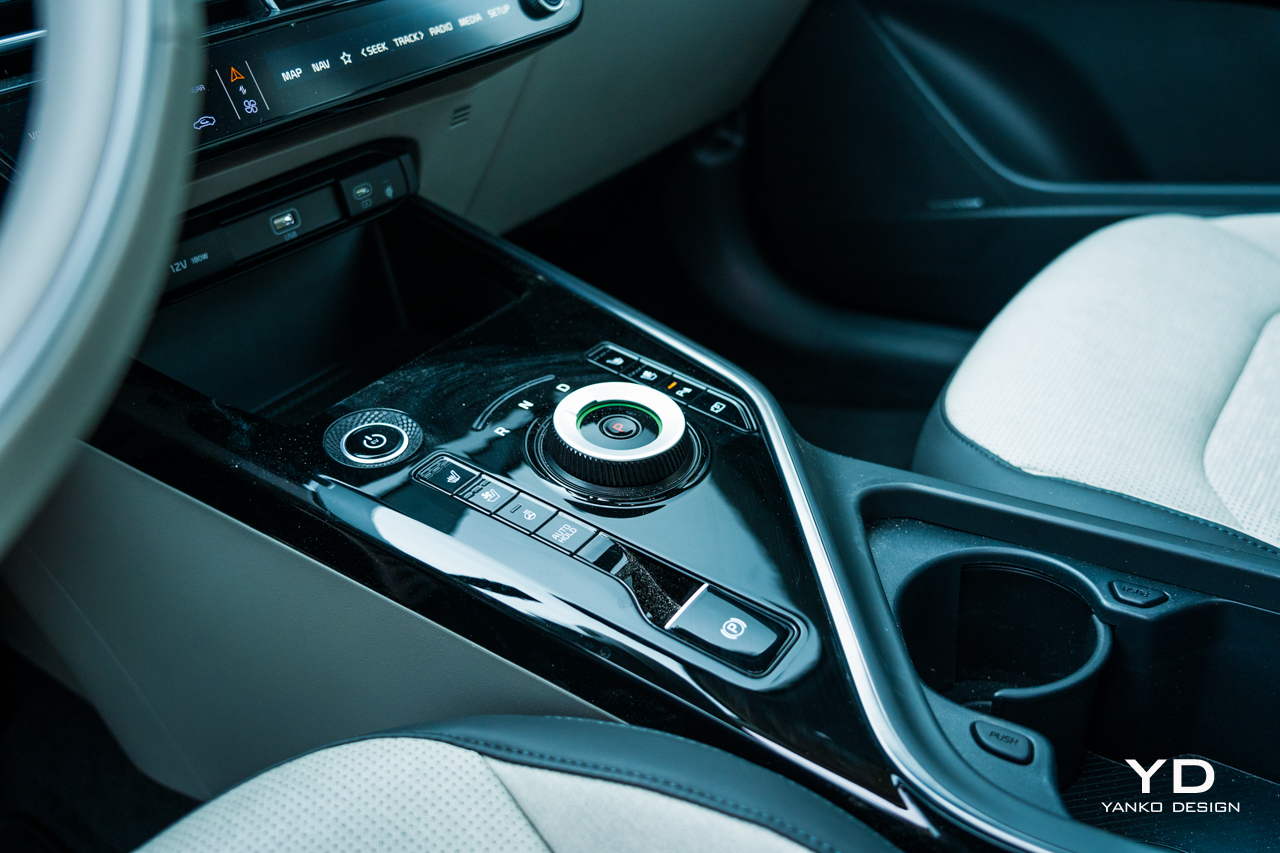
It’s a perfect place for listening to your favorite murder mystery podcast on the way to work, though the seven-speaker Harman Kardon sound system punches above its weight with solid bass for when you’d rather spin up some music.
The Kia is also good at swallowing your stuff. 22.8 cubic feet of cargo space at the rear is a bit low, but that jumps to 63.7 with the seats folded down. And, while there isn’t a proper frunk as such, there’s a tiny compartment up there with enough room for a loaf of bread and some miscellaneous condiments. Perfect for small picnics with close friends.
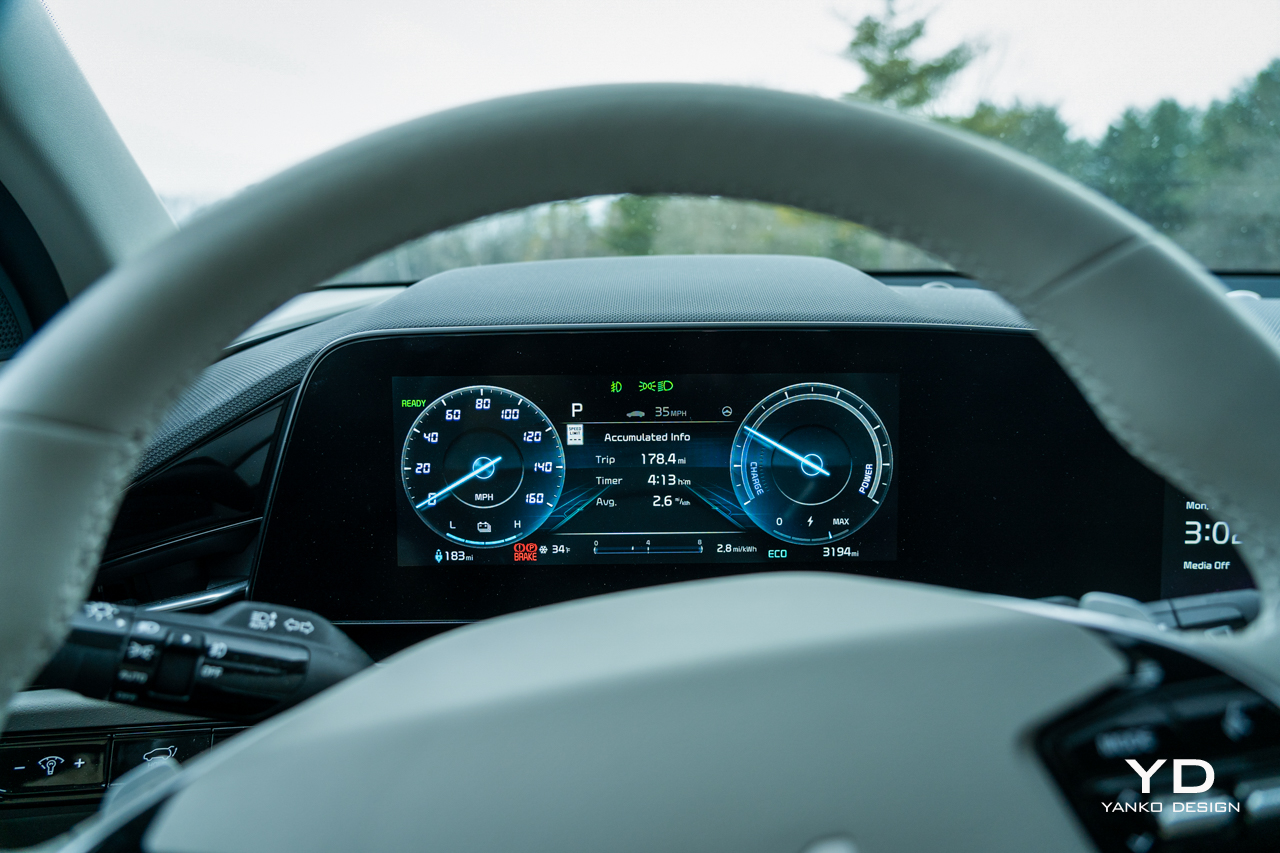
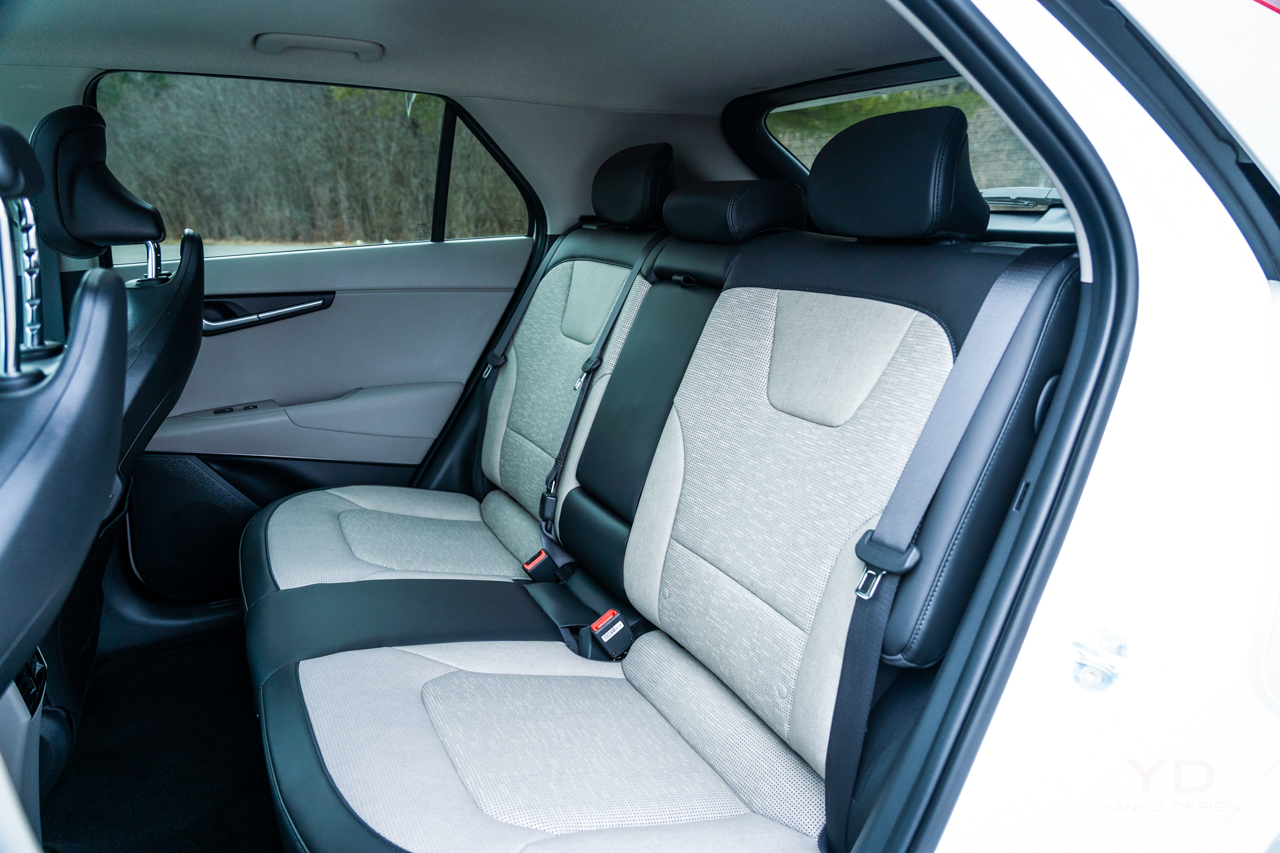
All that is backed up by a comprehensive safety suite. The Niro EV Wave has Kia’s latest Highway Drive Assist 2 system, which improves on the first edition of HDA with some additional functionality. As ever it does a great job of keeping the car centered in its lane on the highway, adjusting speed as needed based on traffic and doing so without abrupt jerks on the brake.
HDA2 adds on the ability for the car to automatically change lanes to get around slower traffic — with your blessing, of course. This is still very much a hands-on driver assistance system. It’s not quite up to the same level as GM’s Super Cruise or Ford’s Blue Cruise, both of which will allow the driver to take their hands off the wheel. But, HDA2 still does most of the busy work of highway driving, making the experience a lot more relaxing.
It’s bolstered by blind spot monitoring with cross-traffic alerts and automatic emergency braking and collision avoidance with pedestrian and cyclist detection. You really couldn’t want or expect much more in a car of this category.
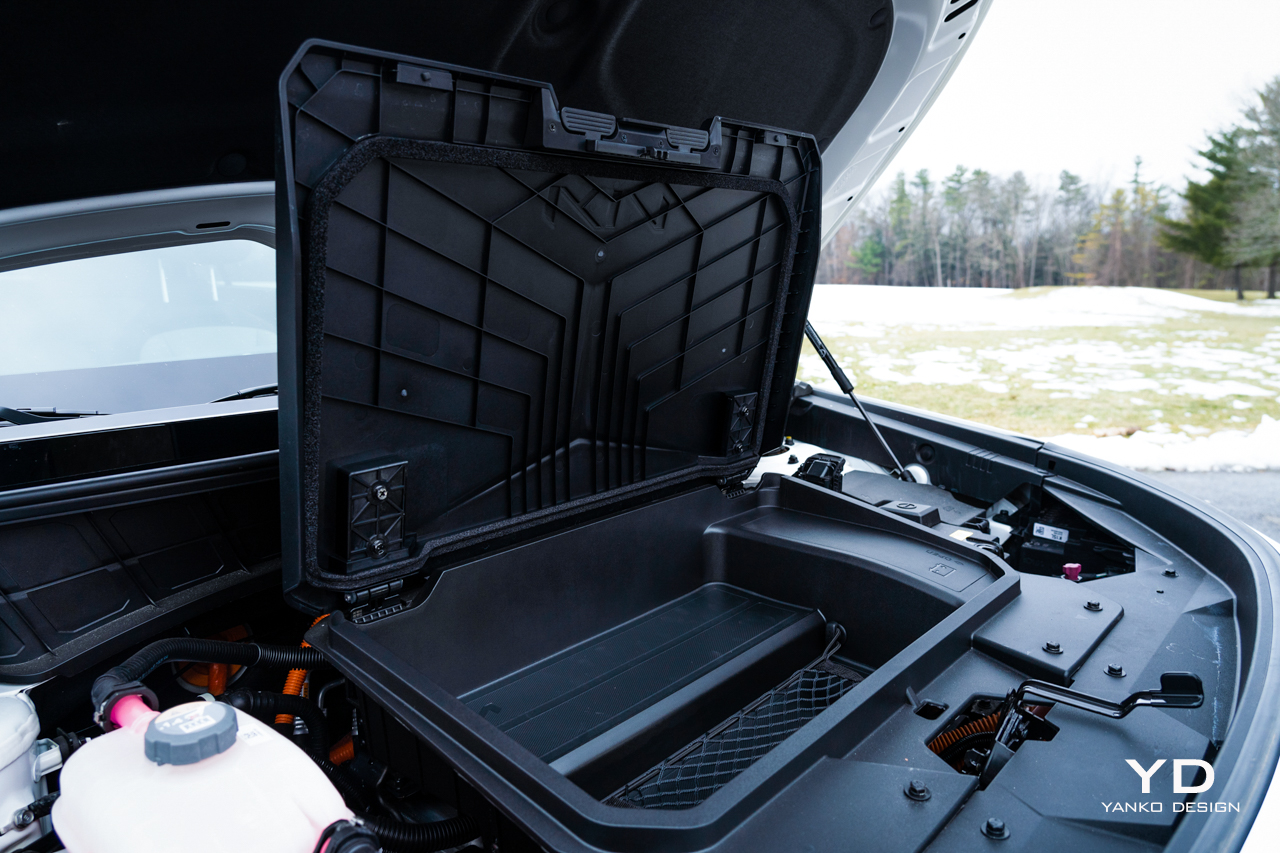
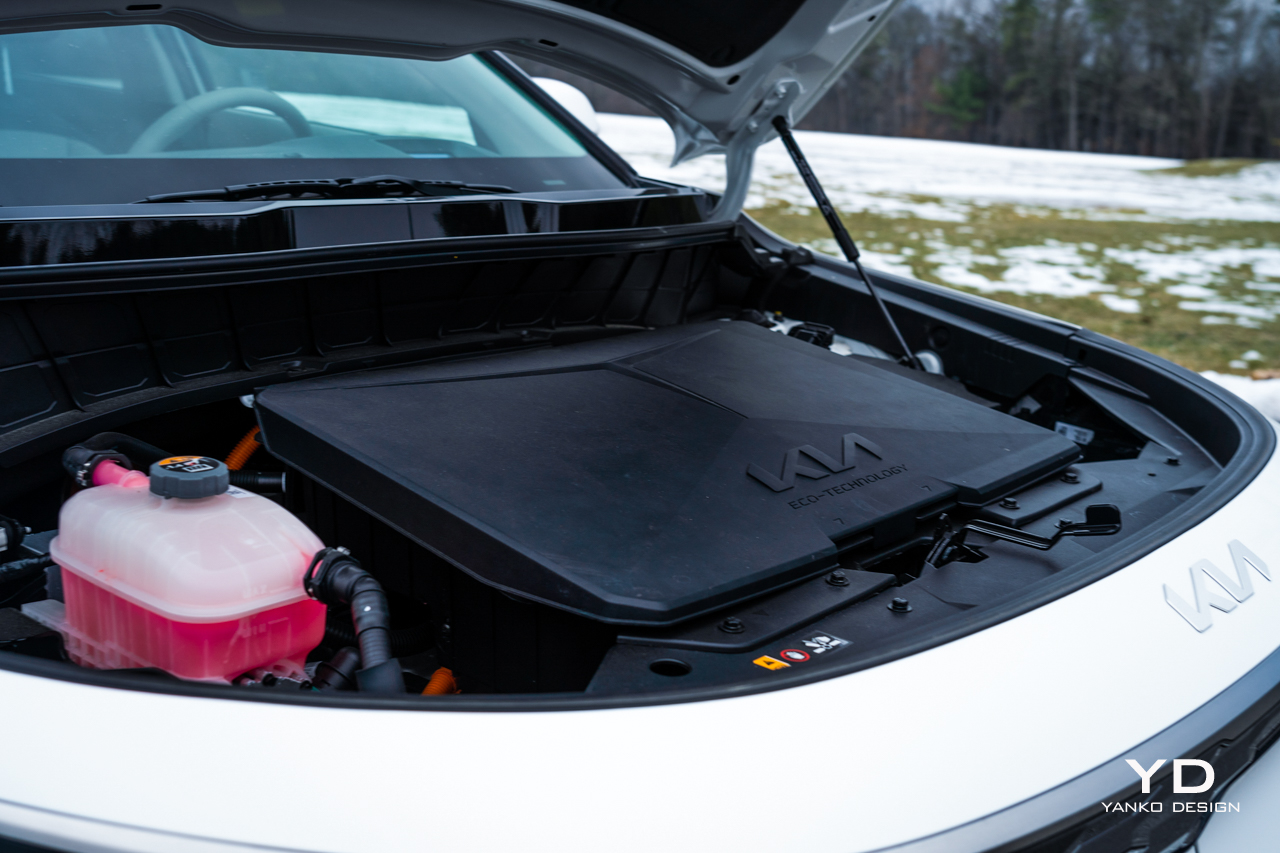
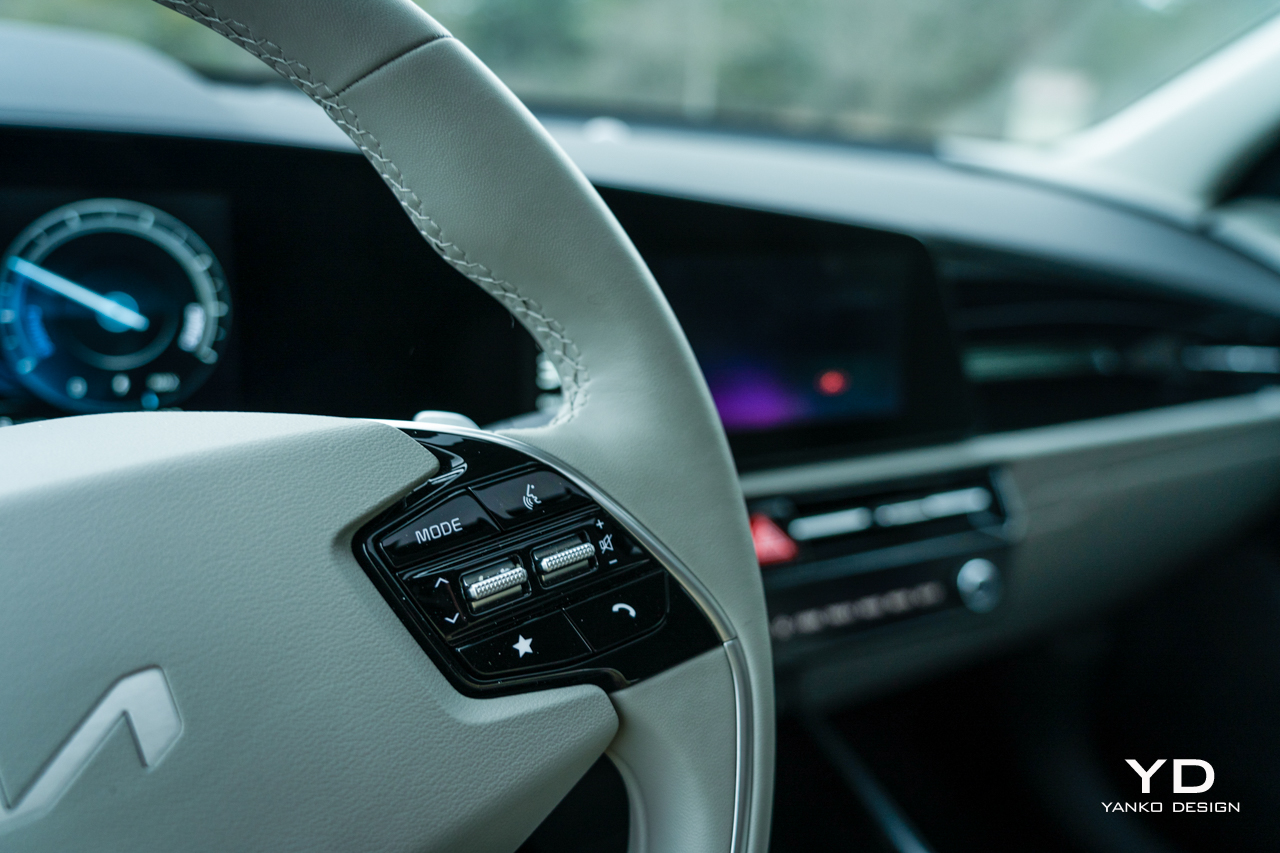
Options and Pricing
The car you see here is a Kia Niro Wave, which starts at $44,450 and differs from the base Wind trim by adding on things like LED lighting, Highway Drive Assist 2, a bigger infotainment display, and the ability to use your smartphone as a key. This car also has a few options, like $155 for floor mats, $395 for the Snow White Pearl paint, and another $195 for the (very necessary) contrasting gray C-pillar.
The most expensive add-on, though, is $1,300 for the Wave Preserve Package. This includes the heated rear seats, but more significantly adds on a heat pump. A heat pump allows an EV to warm the cabin in a far more efficient way than basic resistive heating. At temperatures down to freezing, the car will spend less electricity keeping you warm, leaving more power in the battery for going far.
If you live somewhere cold, you’ll definitely want to tick that box, even if you don’t care about keeping the rear-seats warm.
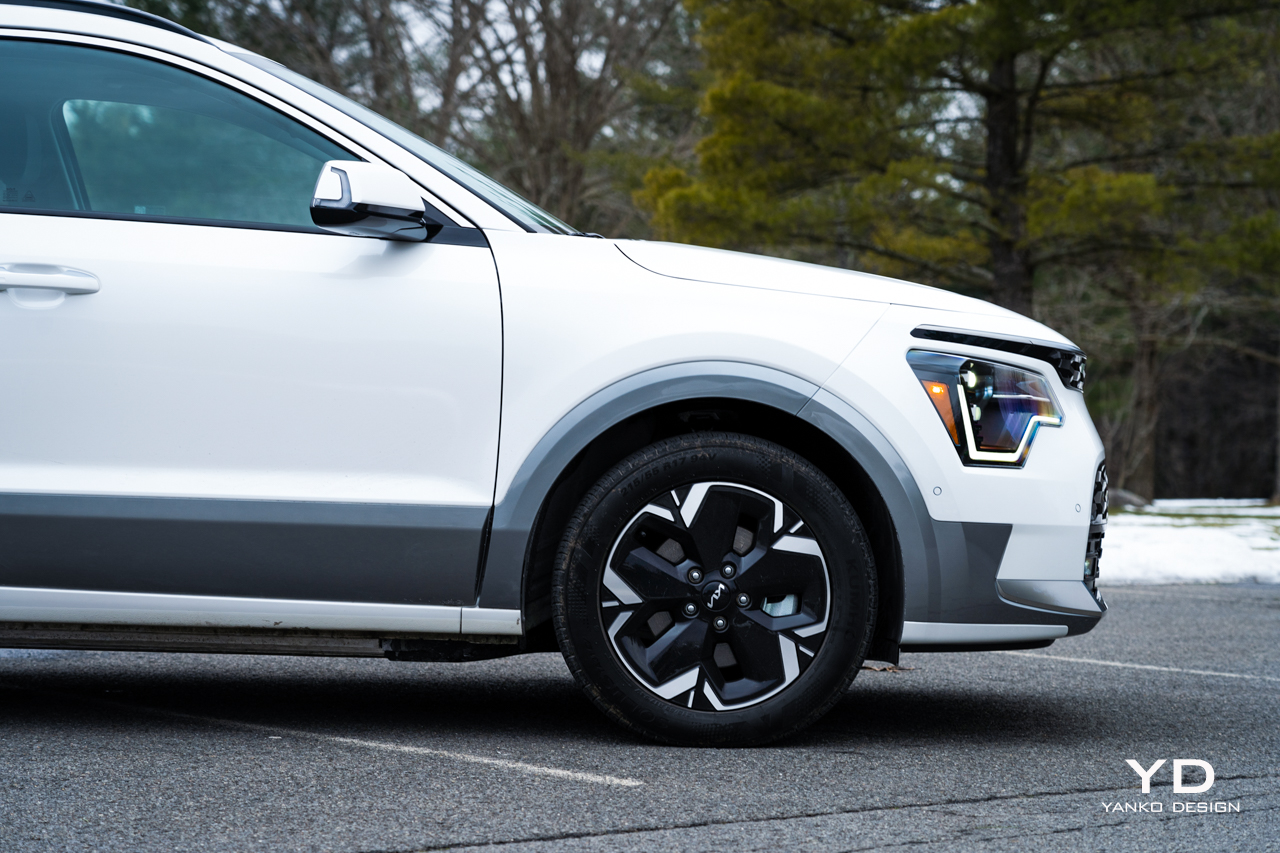
Add on the $1,295 destination charge and you’re looking at a final price of $47,790, but you could get into a Niro EV for as little as $39,550. That compares to 38,690 for the base version of the plug-in hybrid Niro and 26,590 for the base hybrid.
Which is for you? Well, that depends a lot on your driving patterns and whether you have regular access to a charger. If you’re driving long distances frequently, the base hybrid might be the best bet. Make shorter trips and can charge only occasionally? Check out the PHEV.
But, if you have access to the charger, the full EV Kia Niro would be my pick. It’s calm and quiet to drive and the almost complete lack of maintenance will make it that much easier to live with on the long haul. And, with a car that looks this good, you’ll be in no hurry to get rid of it.
